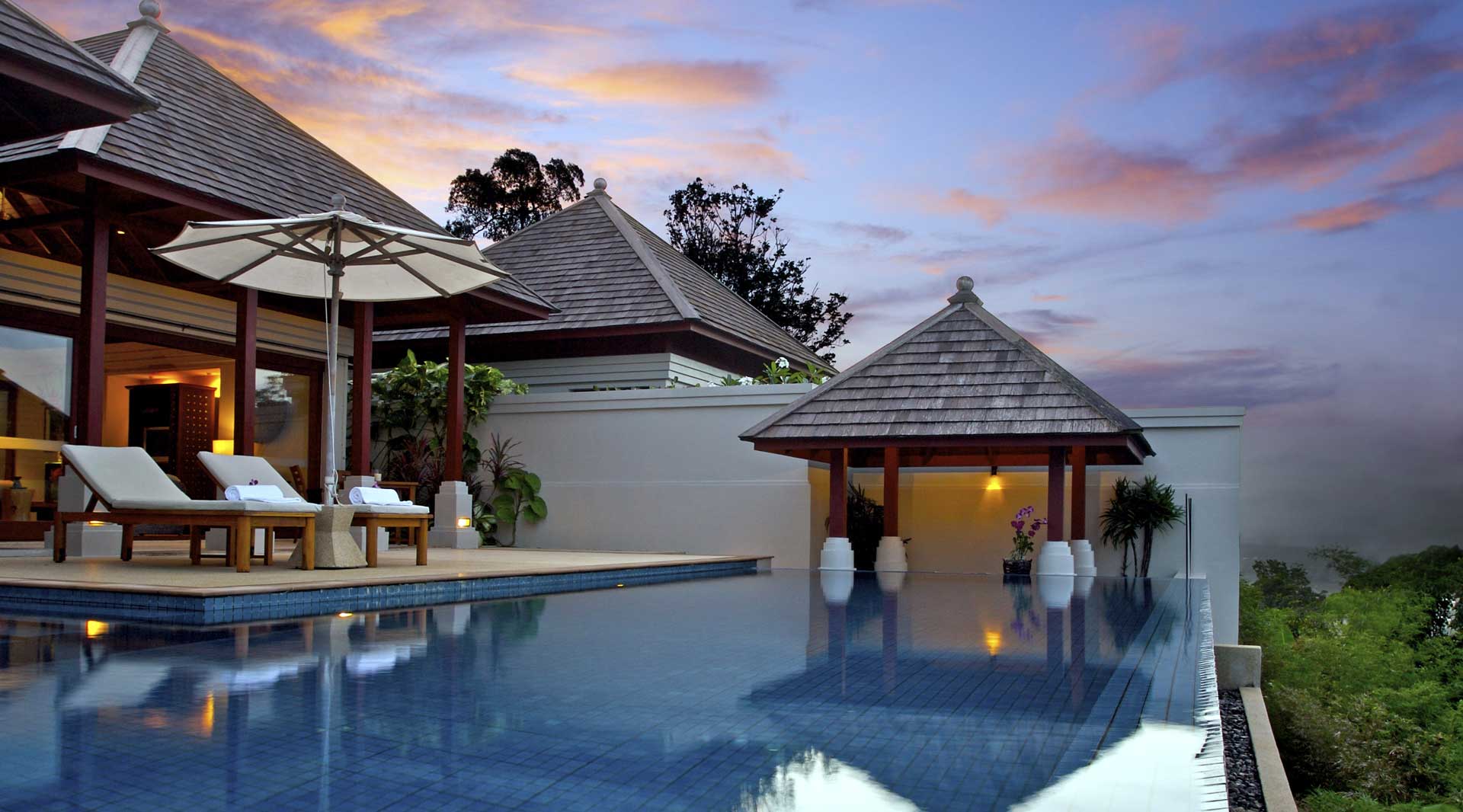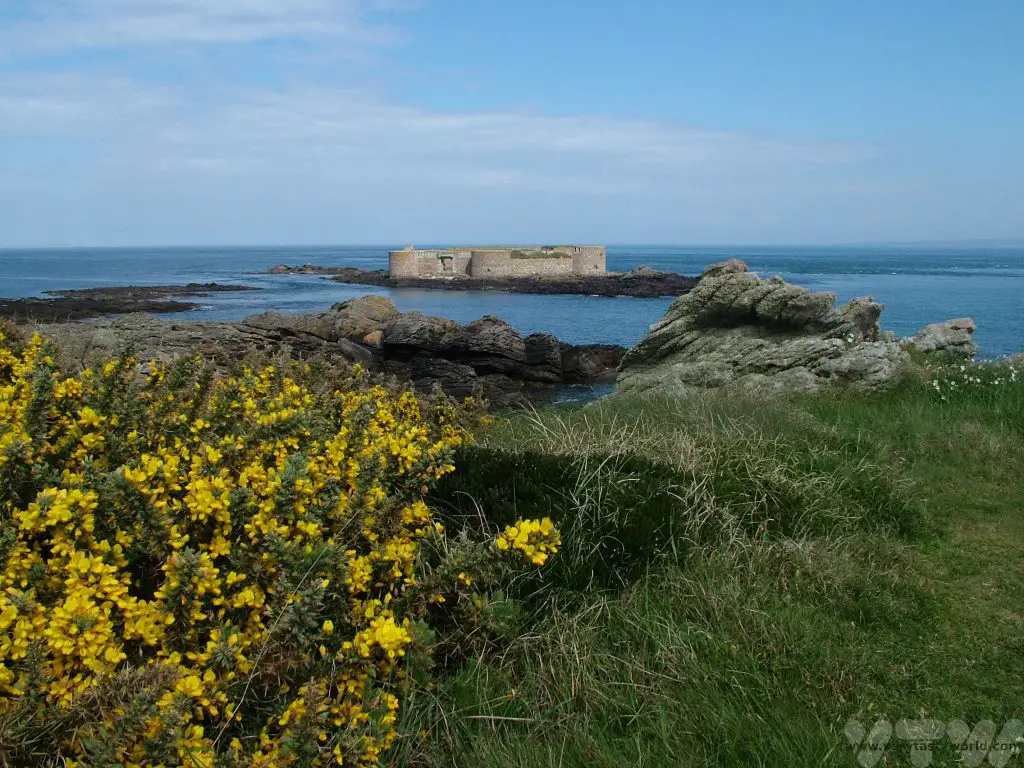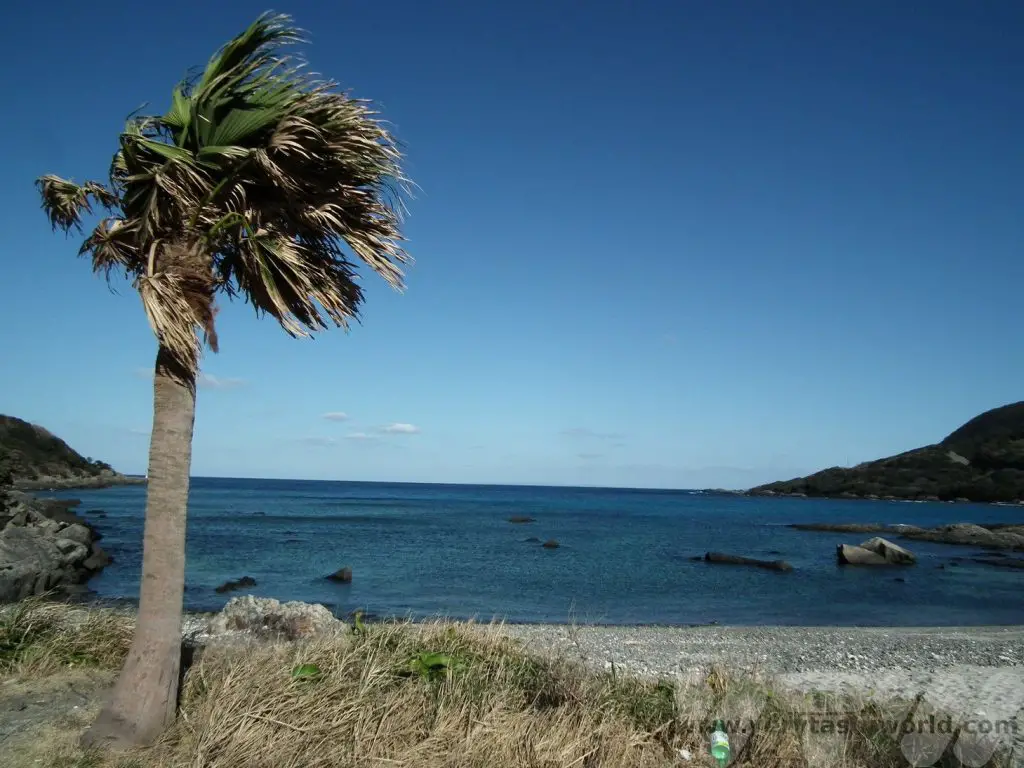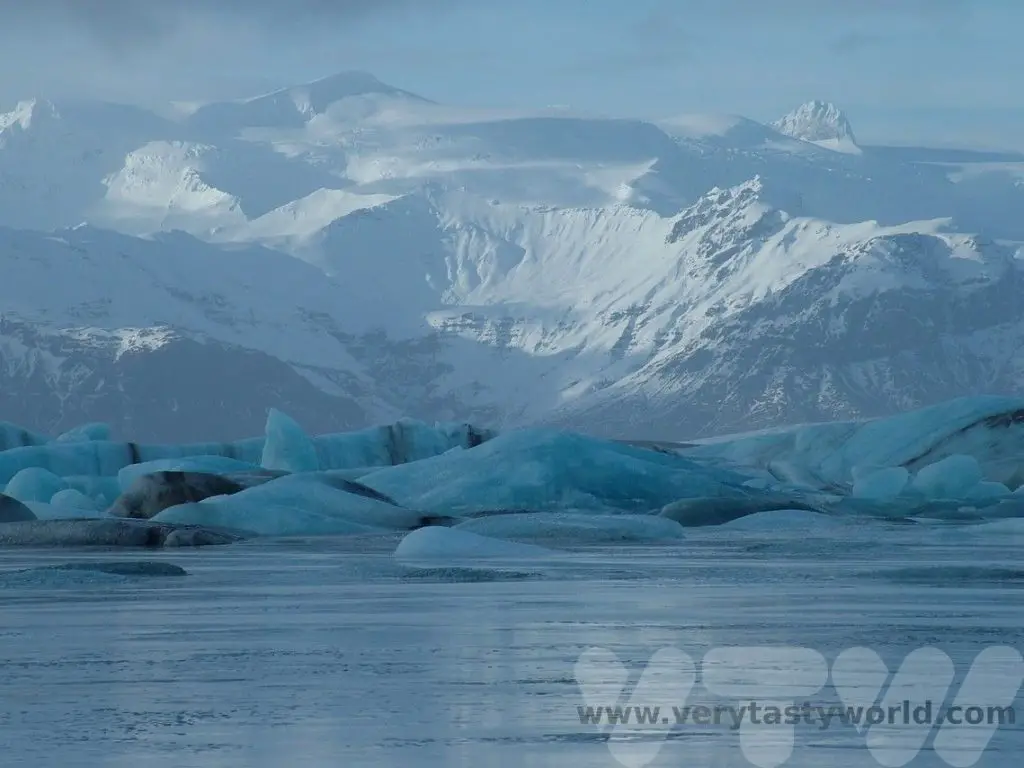Home » Posts tagged 'fly-drive'
Tag Archives: fly-drive
Visit the Faroe Islands
The Faroe Islands are a tiny archipelago located in the Atlantic ocean, just south of the Arctic Circle. If you look at the map you’ll see them around half-way between Norway and Iceland. They are an autonomous territory of Denmark and comprise 18 main islands with a plethora of smaller islands, all of which are stunningly beautiful. A fly-drive journey is the perfect way to visit the Faroe islands.
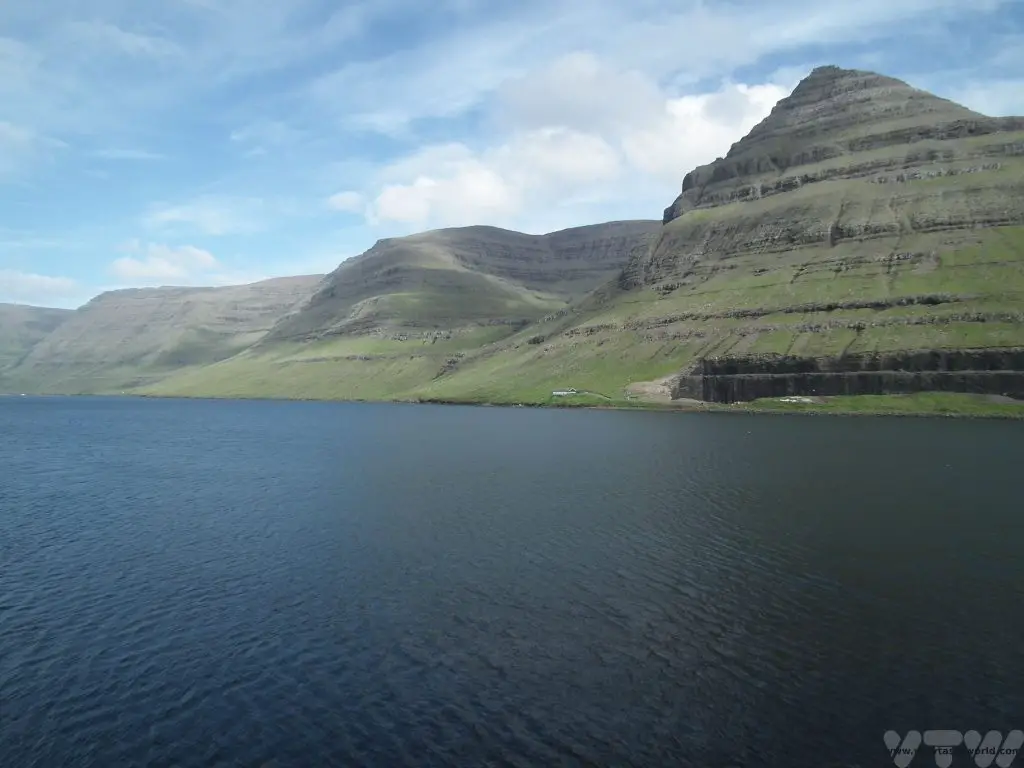
Heading Out On The Road
The Faroes are ideal for a road trip as most of the main islands are connected via bridges or tunnels and you can explore the spectacular scenery at your leisure. The roads are well made, usually clear of traffic and the distances between locations are relatively short.
You can hire a car at the airport on Vágar. It’s definitely worth booking well in advance to get the best rates. Bear in mind that some of the driving can be a little challenging occasionally. There are a lot of single-track roads, so be aware of how to use passing places – if you see another car heading in the opposite direction towards you, pull over to the passing place on the right.
If there is a passing place on your left, keep right and let the oncoming traffic use the passing place. (It’s similar to driving in the Highlands and Islands of Scotland, albeit on the other side of the road.)
The Faroes also have an awful lot of sheep, some 70,000, more than the human population of the islands, and many of them roam freely. They can be a little skittish, so slow down if there are any grazing close to the road. If you do hit a sheep you have to inform the police by law. Keep your car’s headlights on all the time (many cars will automatically switch on the lights when you turn the ignition but check that they will do this).
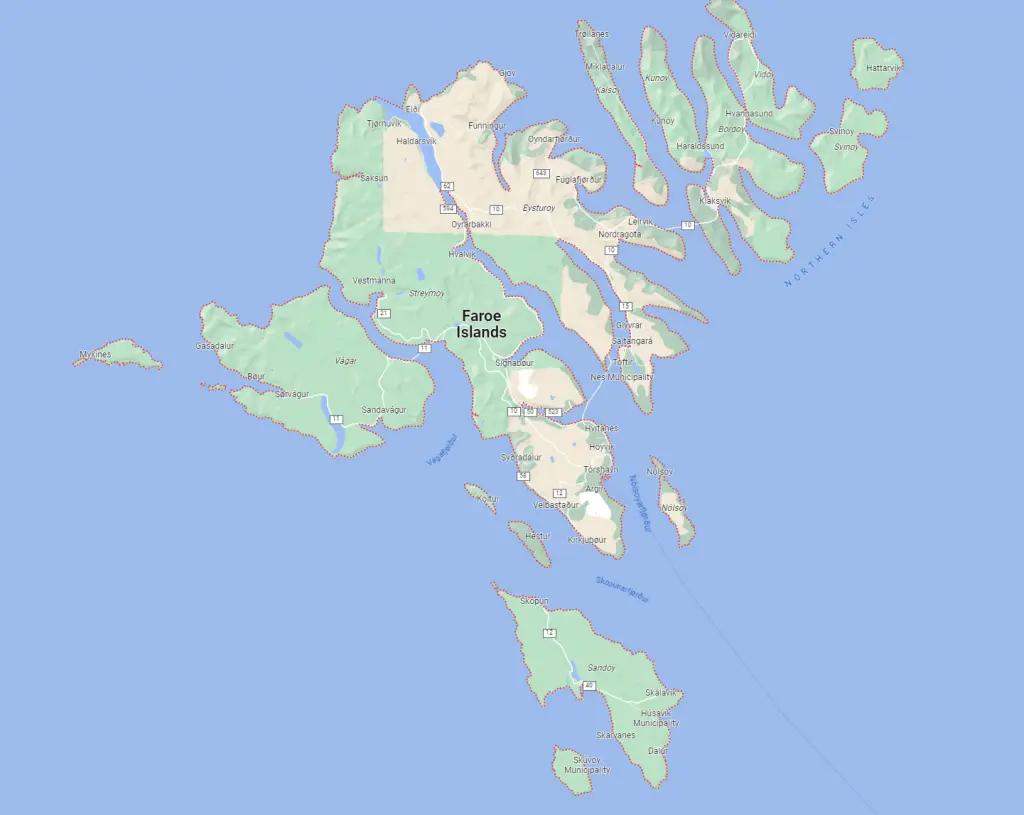
Tunnels and Bridges
The major tunnels linking the islands are large and well-lit but probably the scariest driving experience we’ve ever had was going through single-track tunnels which link the northernmost islands. These do have passing places every 100m or so but nevertheless they are mildly terrifying, especially when you aren’t sure where the passing places actually are and the locals are happy to zoom through the tunnels.
Seeing oncoming headlights in a narrow tunnel when you don’t know where to pass is pretty scary so take care when driving through them.
We developed a sneaky trick of parking temporarily by the entrance until a local driver entered the tunnel and then we followed them, which helped a little bit. The tunnels are undoubtedly the most likely places where you might have an accident. It’s advisable to check whether it’s worth buying additional insurance – have a close look at the terms and conditions of the car hire company.
Also, there are tolls for some of the tunnels; our car hire company paid the tolls on our behalf and recharged them to our credit card at the end of the trip, which was very convenient.
Terrifying tunnels aside, driving around the Faroes is actually a very pleasurable and practical way to discover these gorgeous islands. Pretty much everyone starts on Vágar as that’s where the airport is located; we flew in using Atlantic Airways, the Faroese airline.
We undertook a seven day itinerary which offered complete flexibility to explore and enabled us to do a lot of walking. It’s worth noting that the weather can change in an instant – from mild temperatures in the sunshine to rain lashing down and impenetrable fog. But that’s all part of the fun. Make sure you bring clothing for all weathers. We found that a pair of sturdy walking shoes and raincoats were essential and multiple layers of clothing worked very well.
Day 1 Vestmanna on Streymoy
After leaving Vágar we headed to Streymoy via the first sub-sea tunnel, a gentle introduction as it was wide and well-lit. It’s also deep, reaching 105m below sea-level. We headed to Vestmanna as we had pre-booked a boat trip to the bird cliffs. It’s the most popular excursion on the islands and well worth undertaking. There are lots of bird viewing opportunities and puffins are a common sighting.
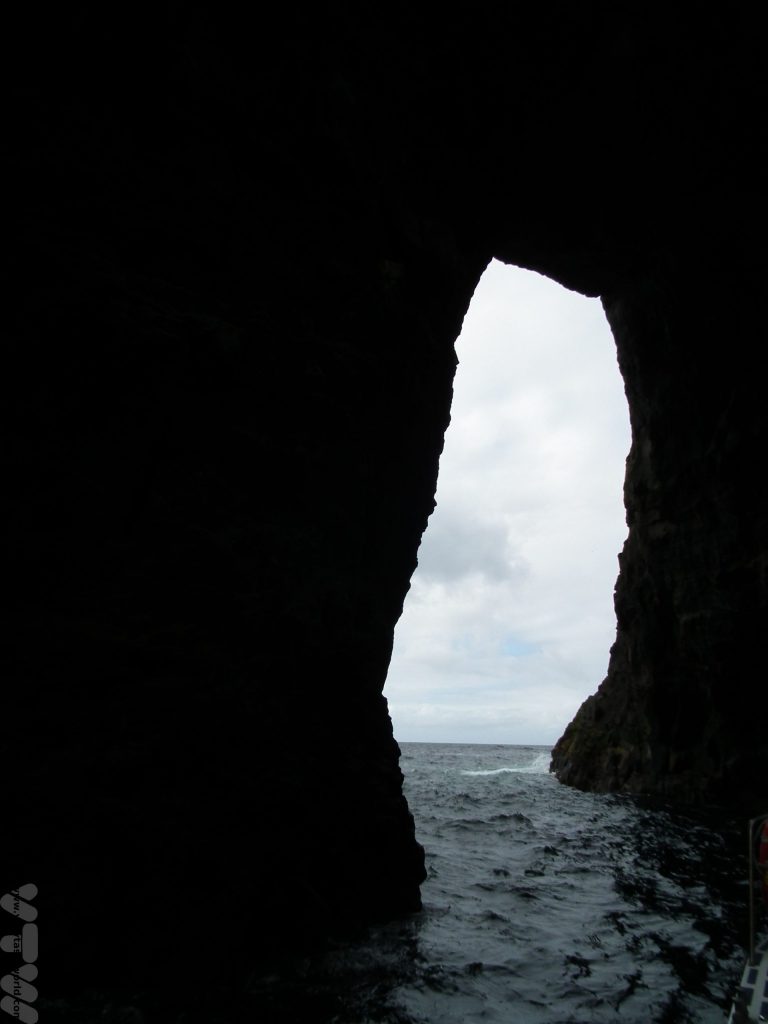
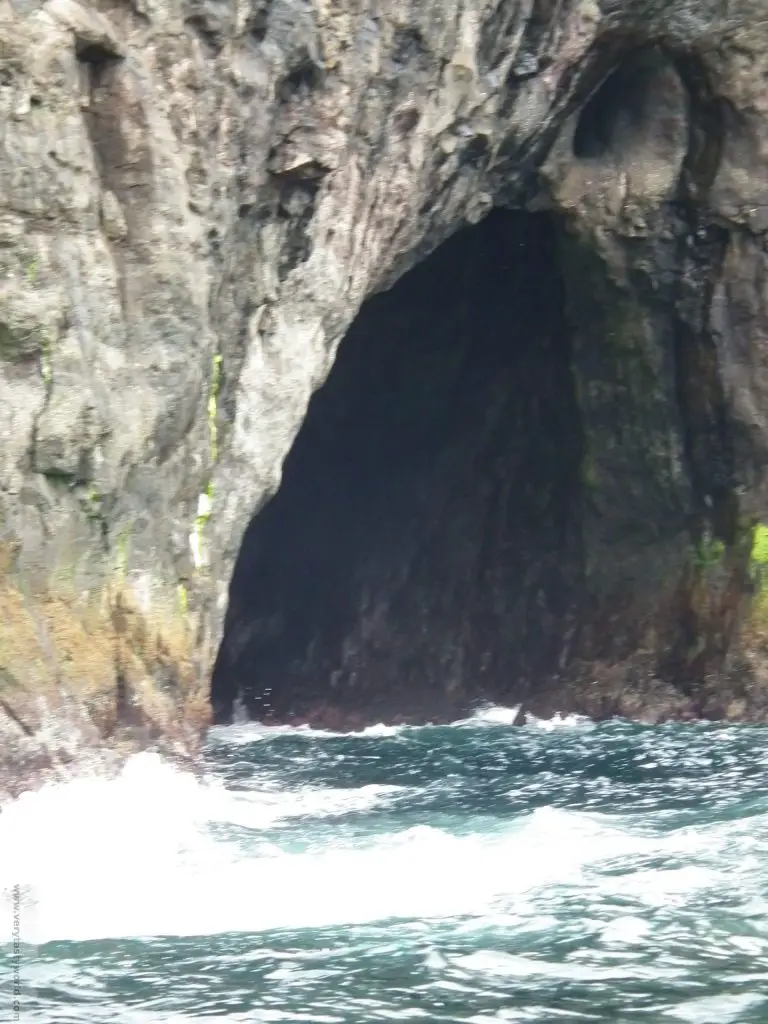
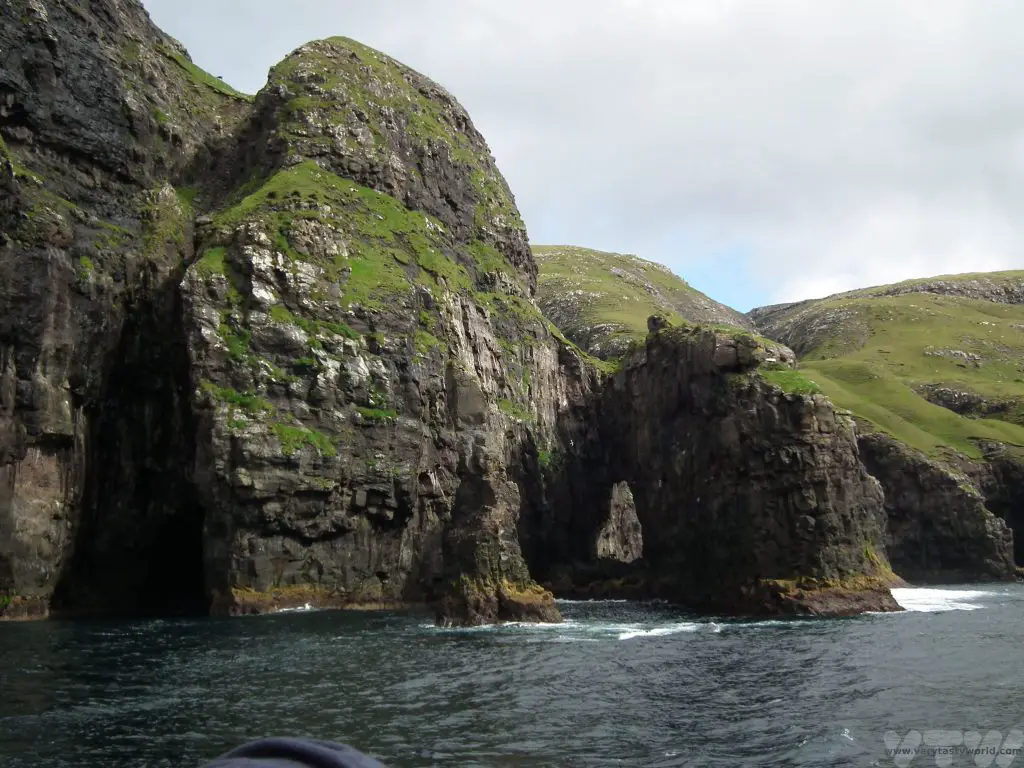
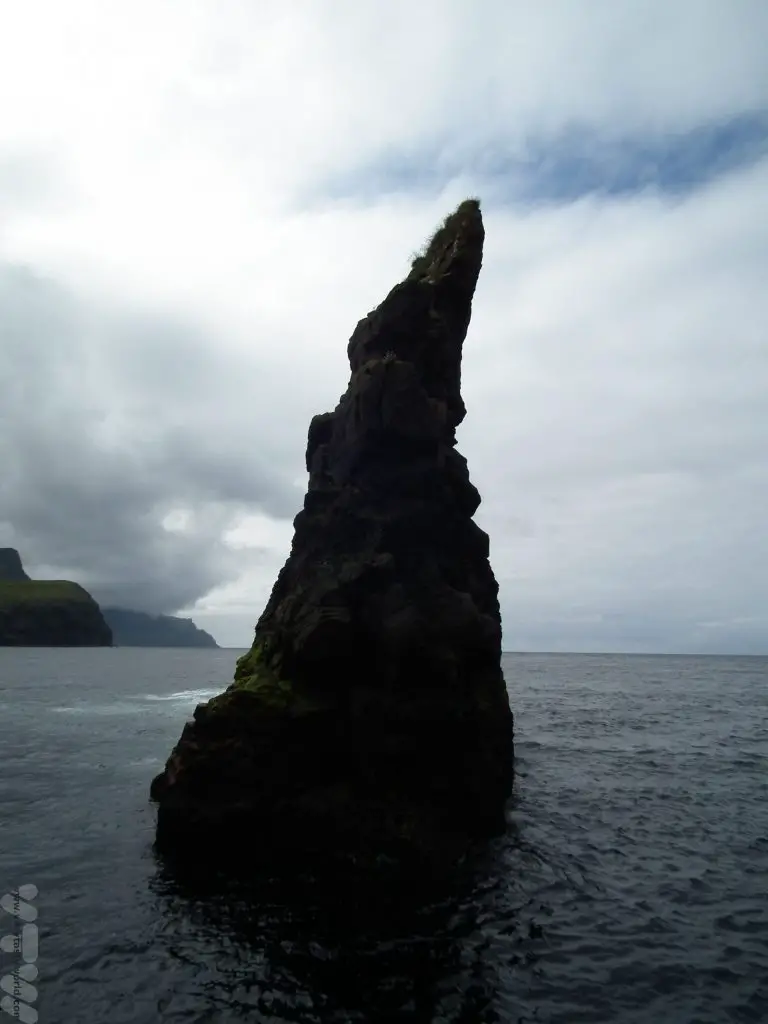
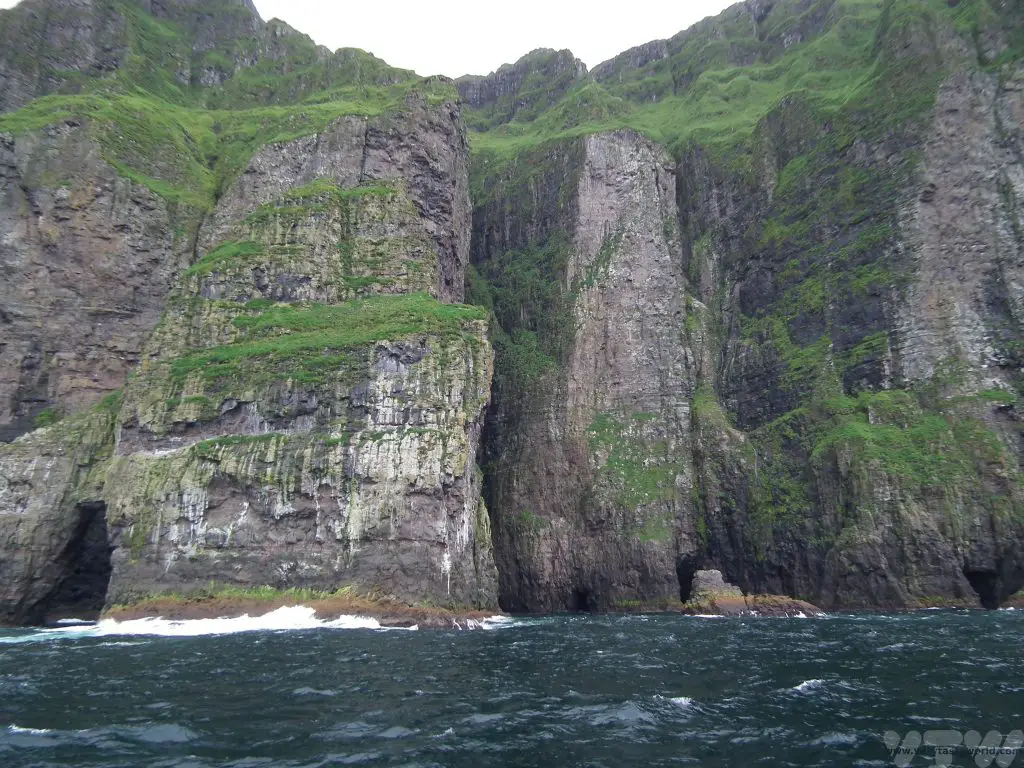
The boat sails very close to the cliffs and around some of the stacks so you are issued with a hard hat, just in case a bit of cliff decides to fall off while you are underneath it. (You’d have to be very unlucky.)
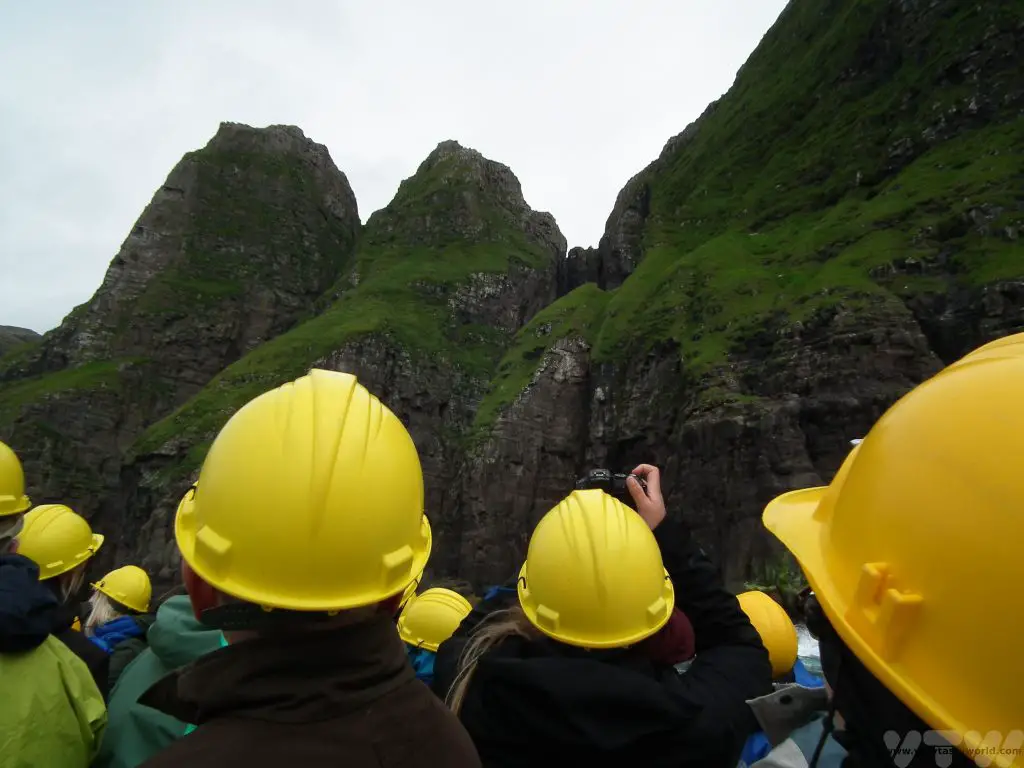
There is also a bizarre museum located close to the harbour which shows some of the history of the Faroes, complete with scary mannequins, while you wait for your boat.
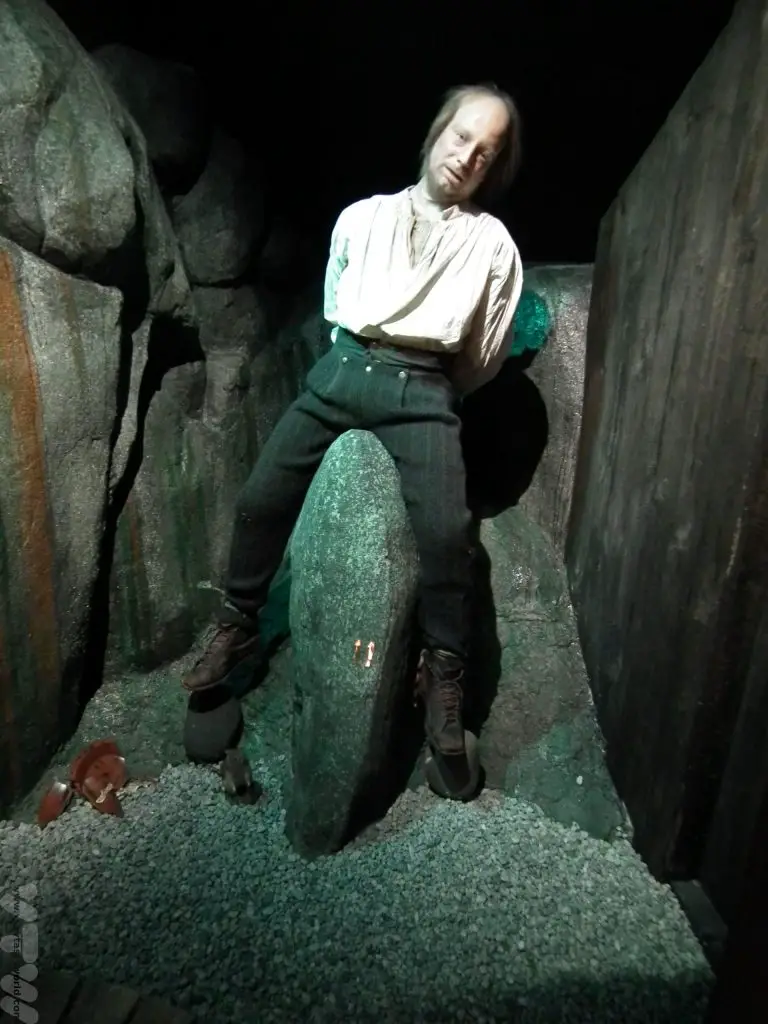
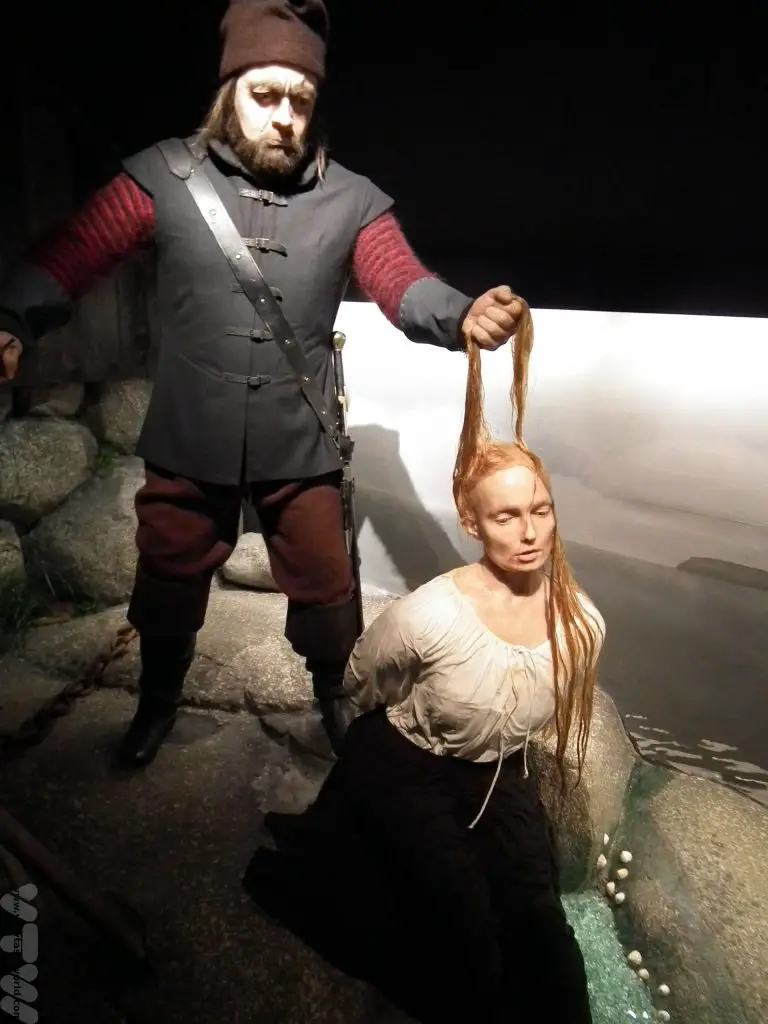
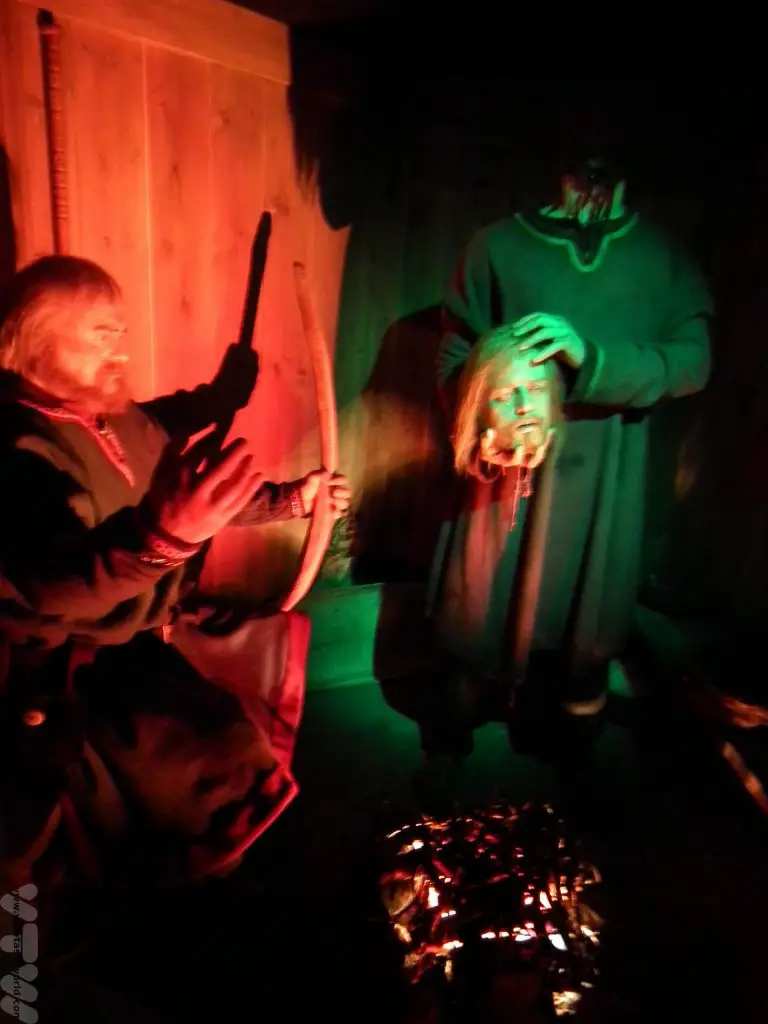
Days 2-3 Gjógv on Eysturoy
We then travelled across Streymoy to spend a couple of nights in Gjógv on Eysturoy.
En route we visited Saksun, a delightful settlement on the northwestern coast of Streymoy. It’s a village is surrounded by steep mountains and lake with a sandy beach leading to the Atlantic Ocean. It’s a lovely walk along the beach out to the sea if the tide is out, even though the weather wasn’t really on our side that day.
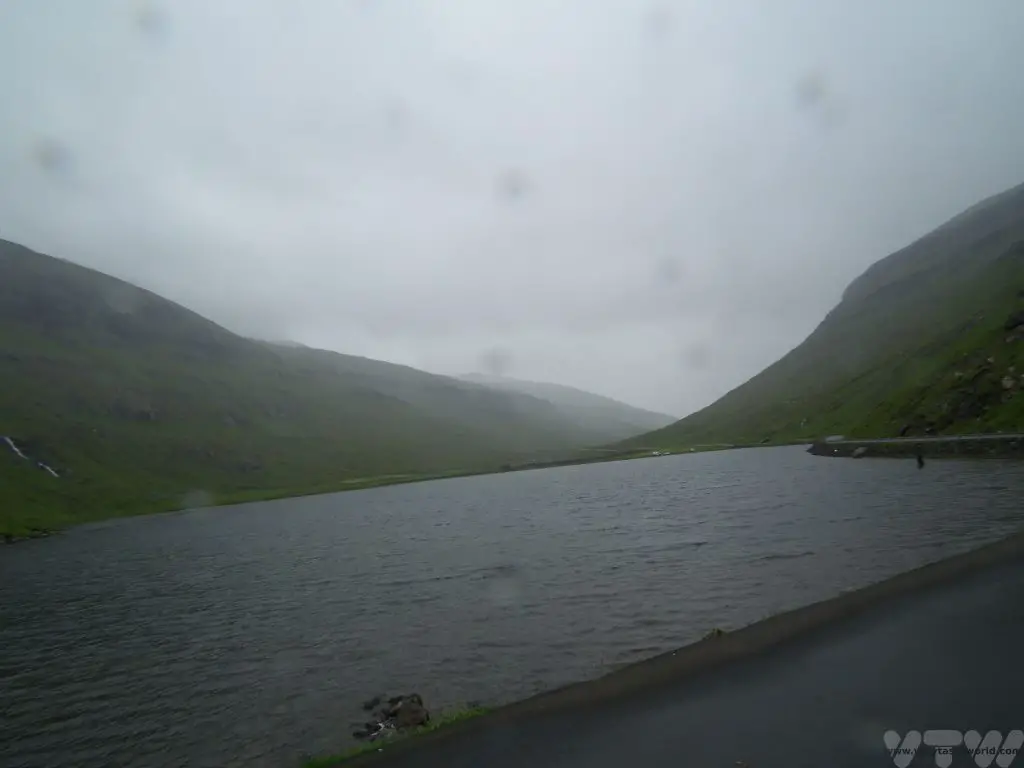
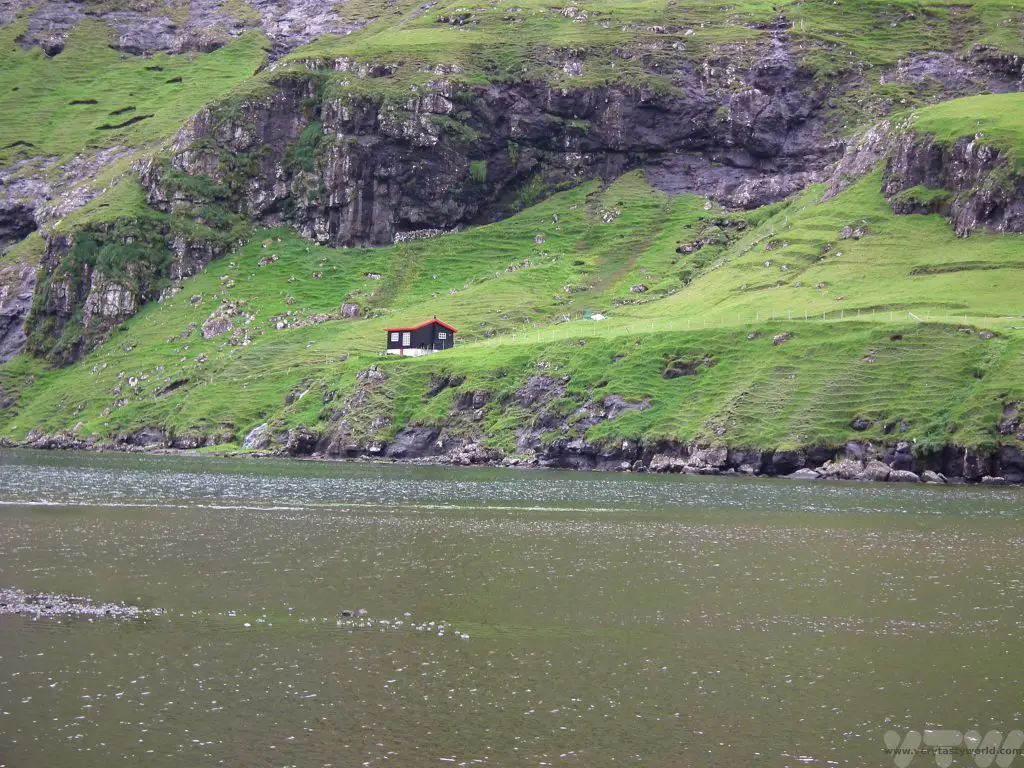
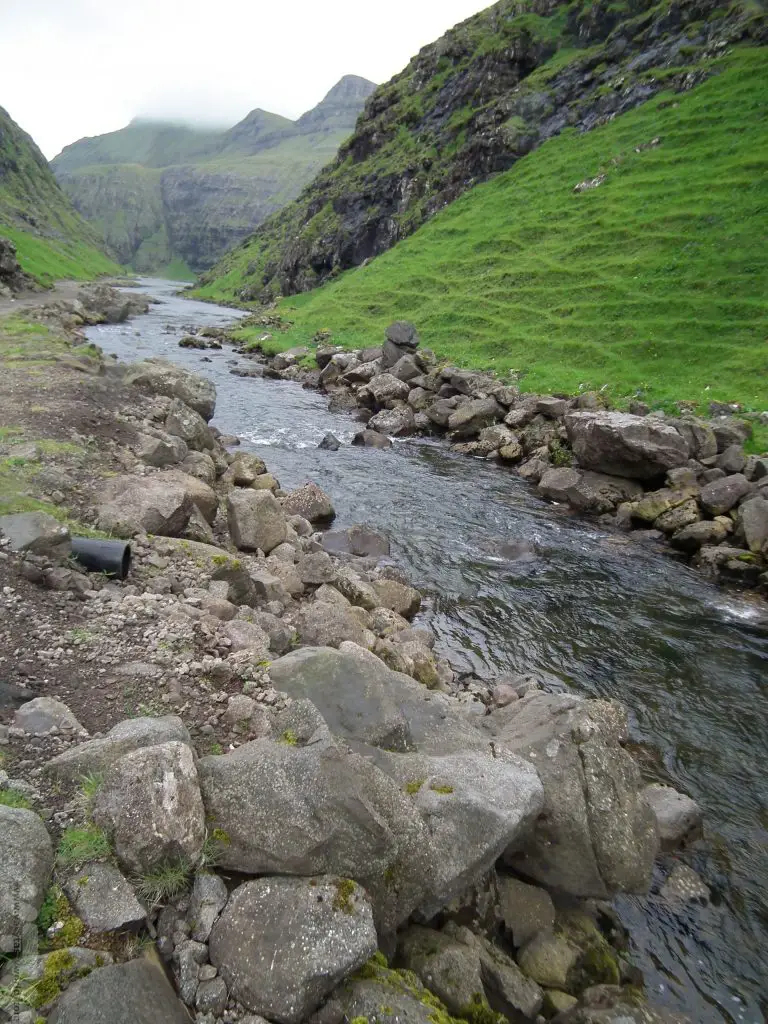
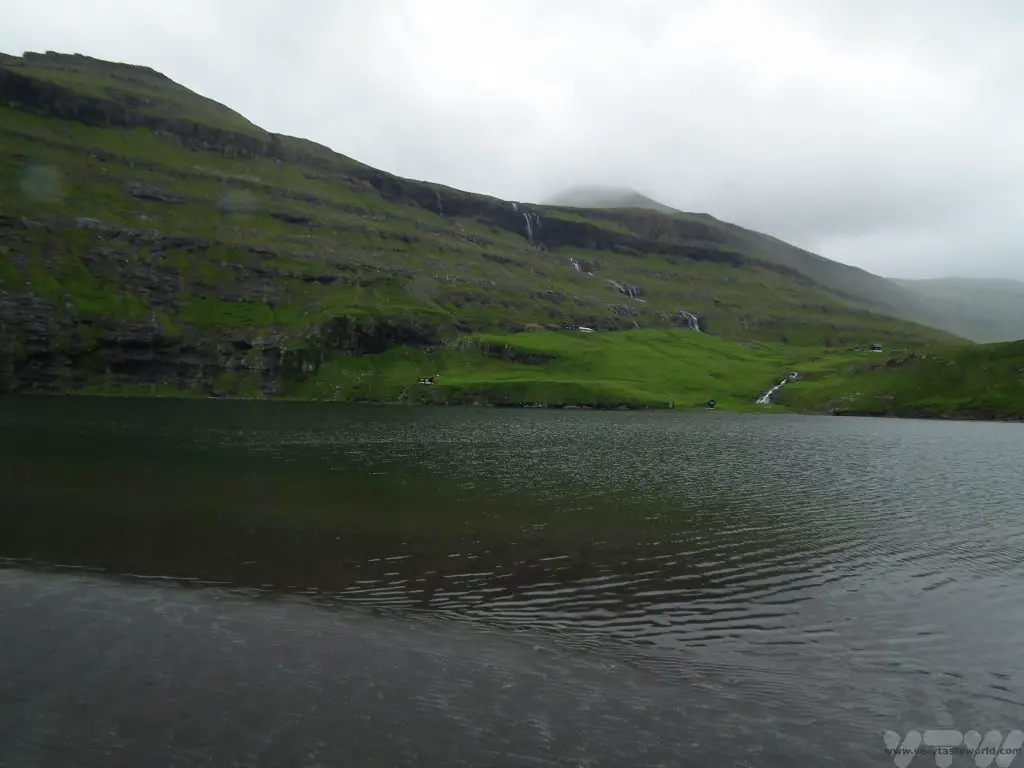
Crossing the small bridge that links Streymoy to Eysturoy, we arrived at Gjógv on the northeast of the island. Gjógv is a delightful rural town with a beautiful natural harbour.
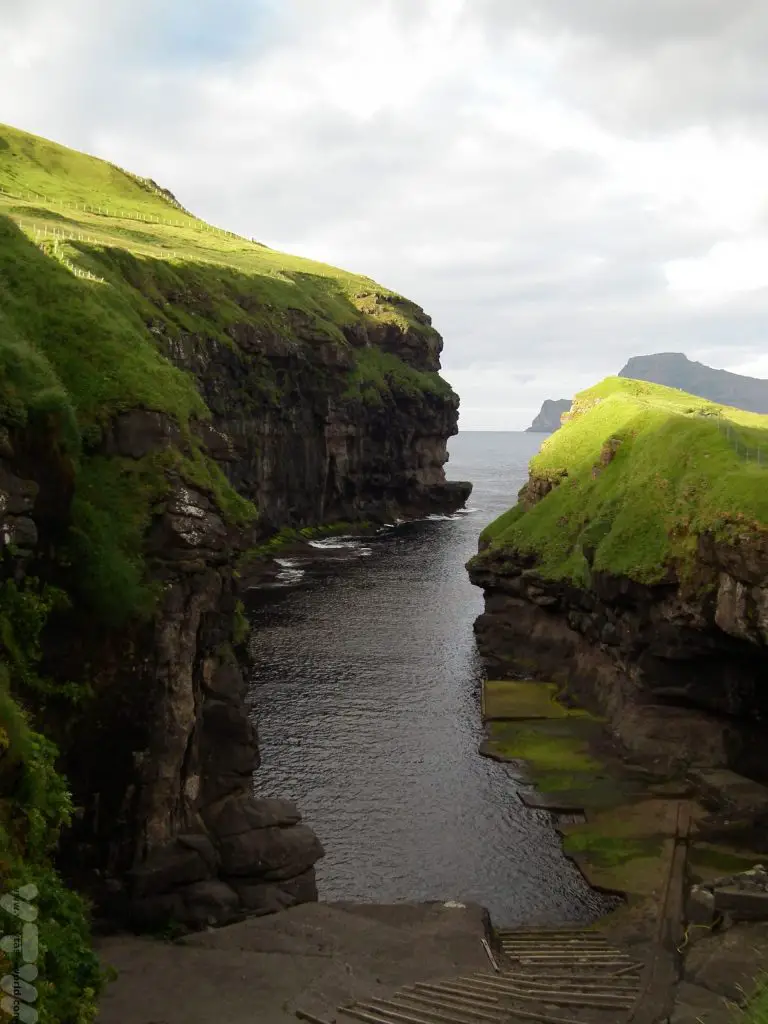
Our hotel offered a cultural evening with local food and the chance to take part in a Faroese traditional chain dance.
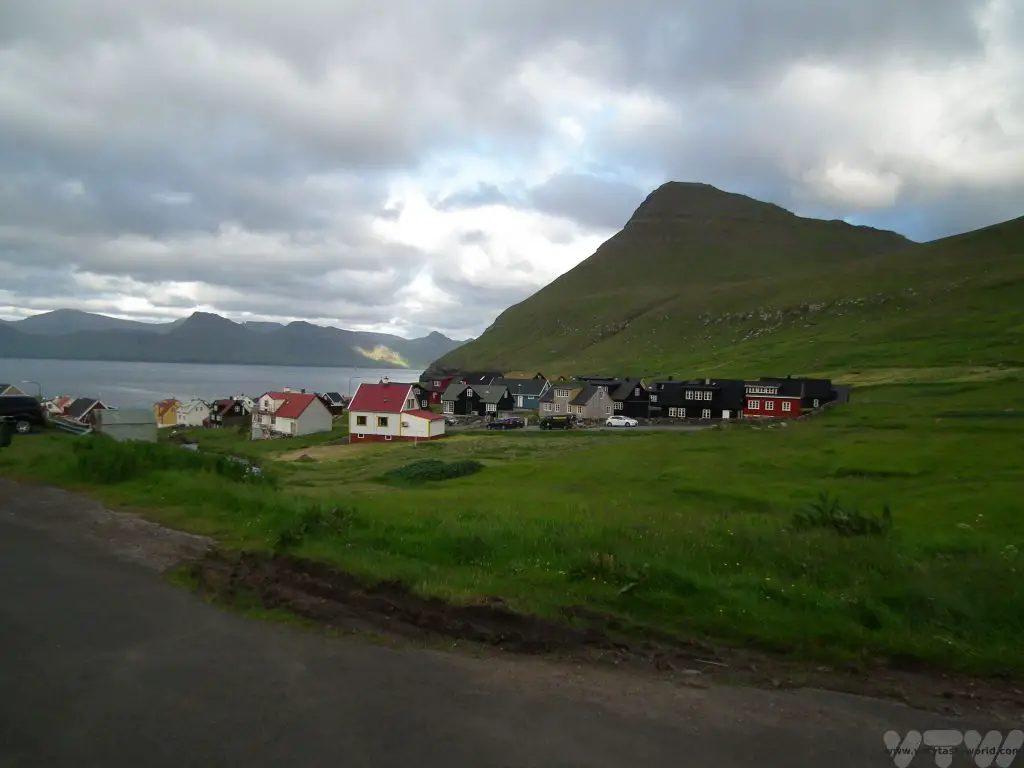
You can also go walking on the cliff-tops and view the local puffins.
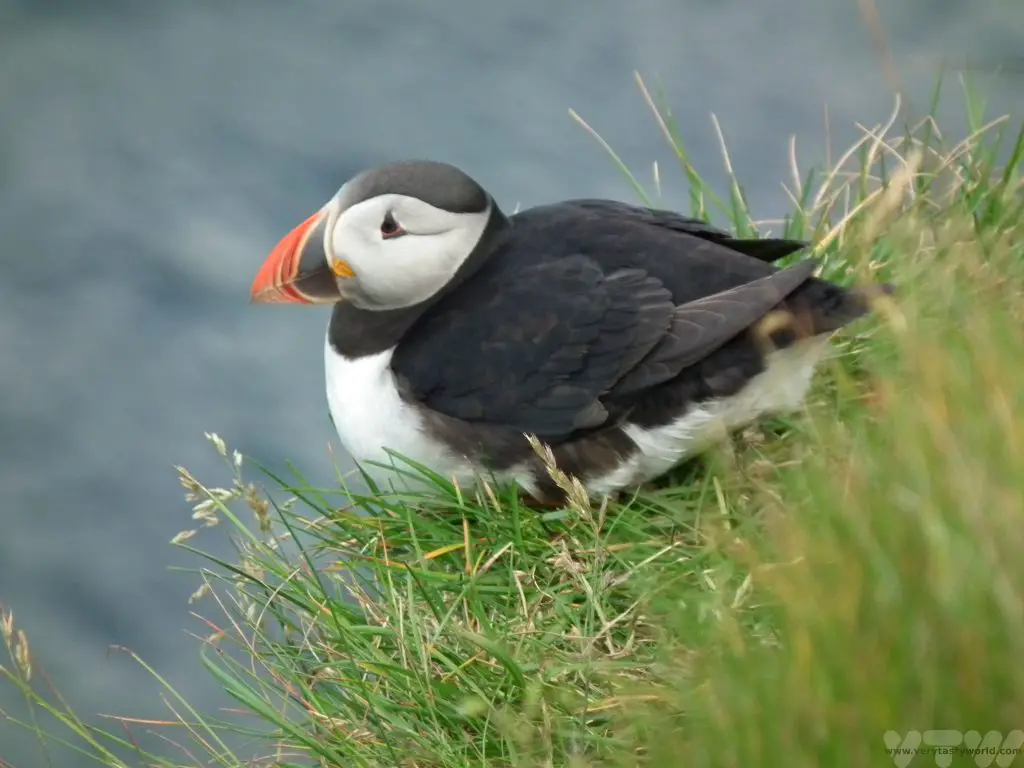
Close to the town of Eiði on the northwestern coast of Eysturoy you can see some famous rock formations – this is the Giant, a stack just off the coast. However, we didn’t get quite far enough around the headland to see its companion, the Hag.
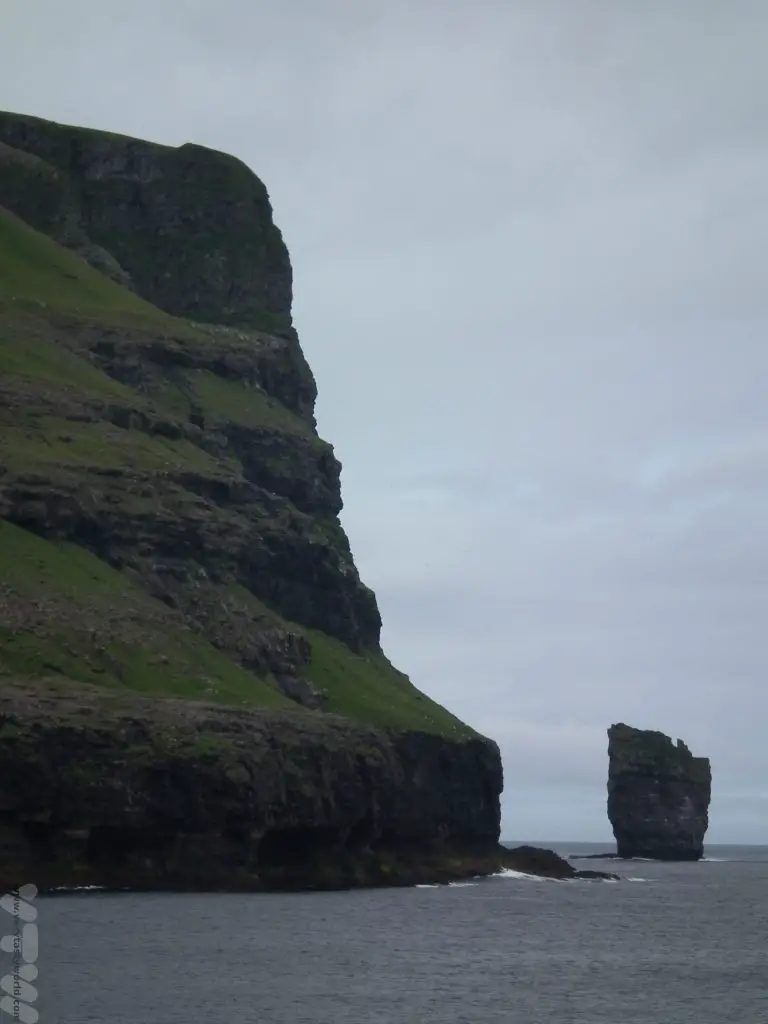
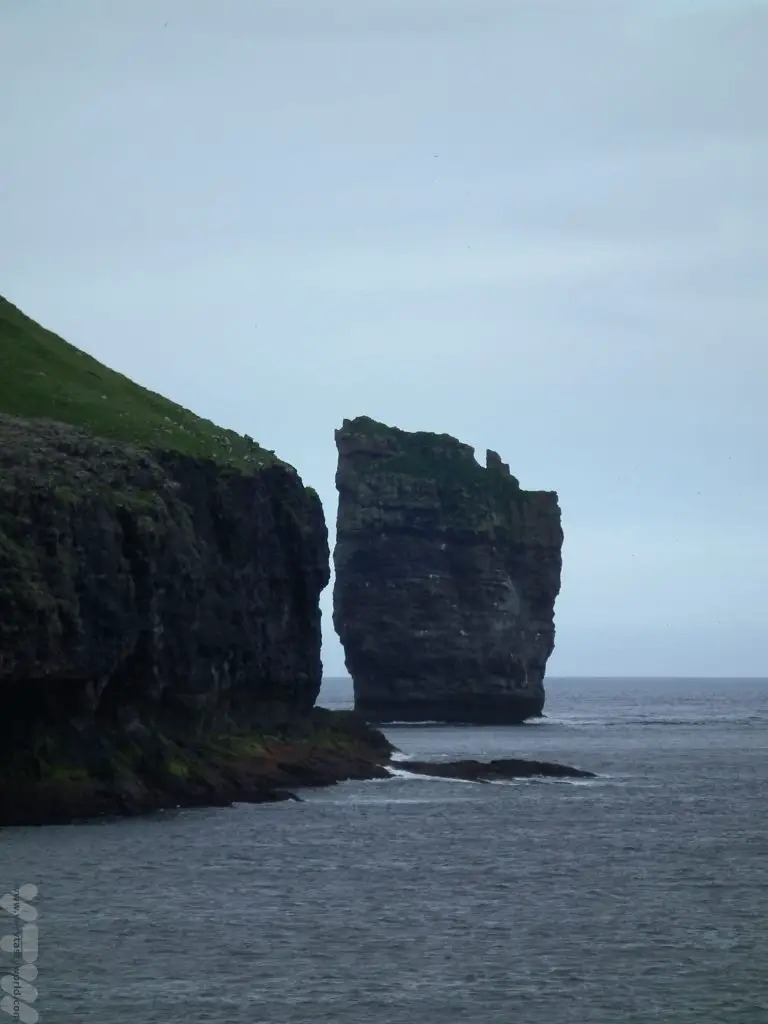
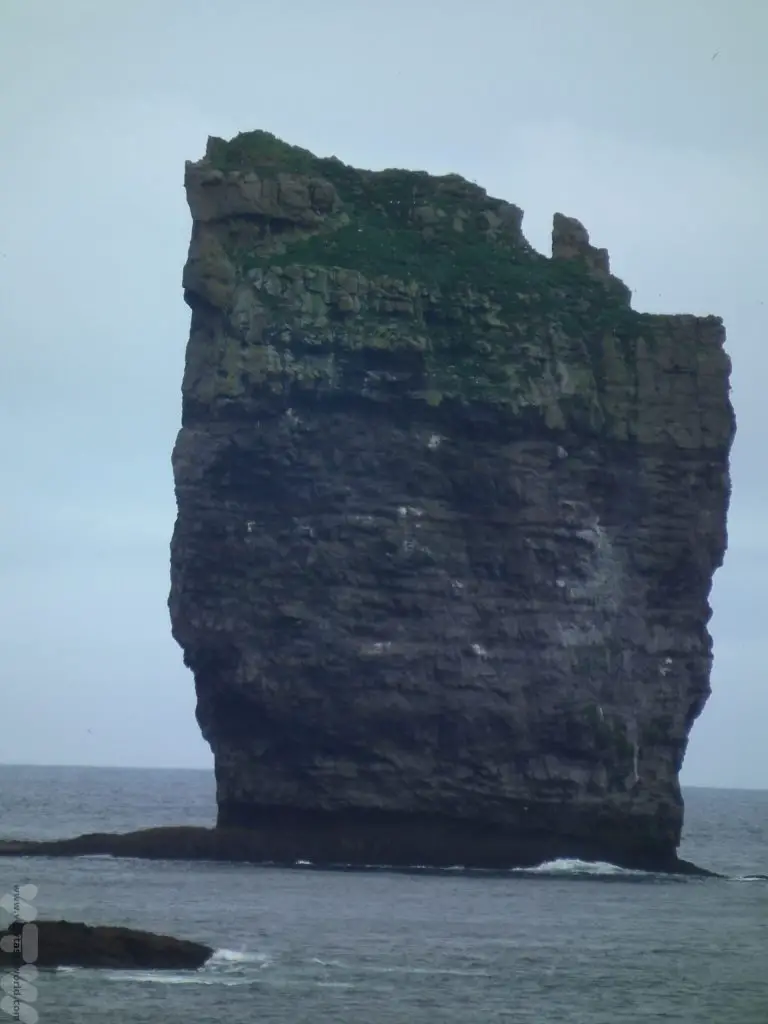
Days 4-5 Klaksvík on Borðoy
We then travelled to Klaksvík, the islands’ second largest city after its capital, Tórshavn. Klaksvik is a modern city with a large fishing industry and it, too, is located in a natural harbour. It is also home to the brewery Föroya Bjór which produces the local beer, characterised by a ram on its label.
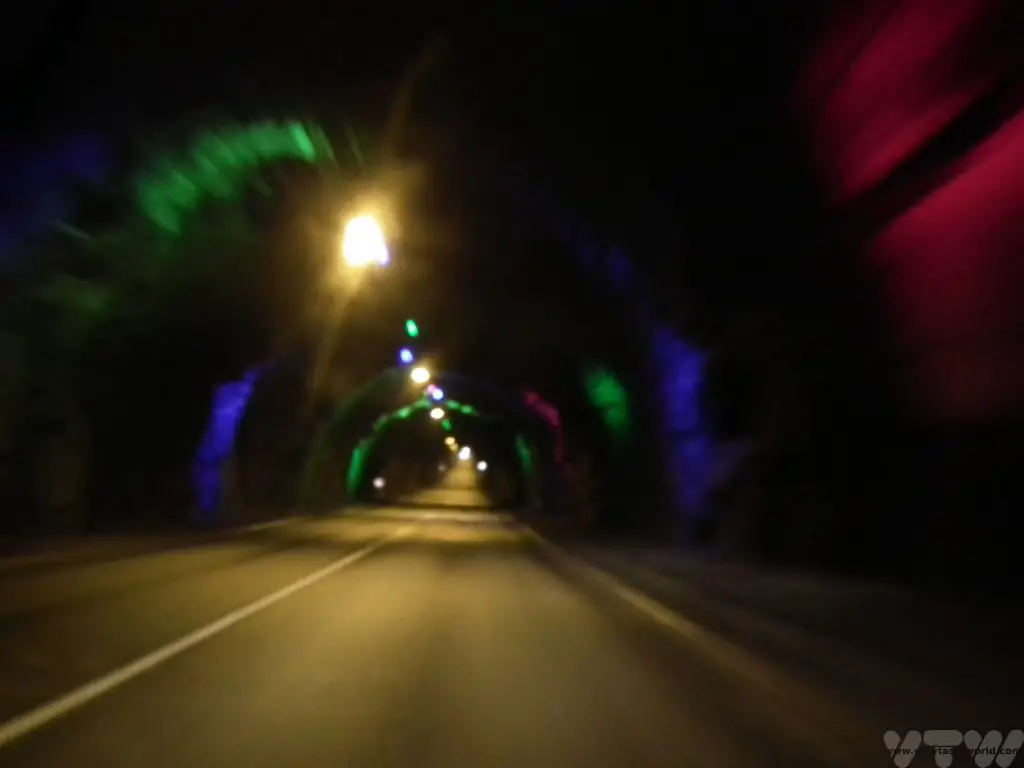
The tunnel from Oyndarfjørður to the island Borðoy had some amazing light installations created by Tróndur Patursson at its lowest point beneath the sea.
We stayed in the city and used it as a base to visit the northern islands. Klaksvík claims to have the most beautiful church on the Faroe islands and it’s difficult to disagree with this sentiment. There is a rowing-boat hanging from the ceiling. It was used originally to transport the priest between locations on the various islands.
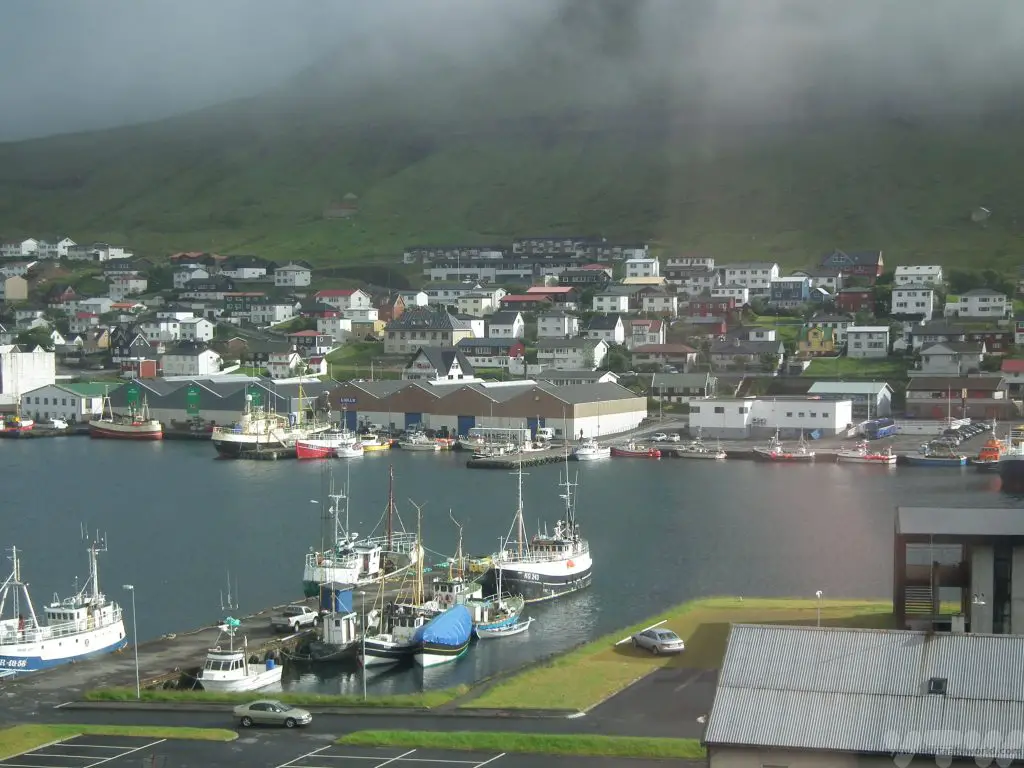
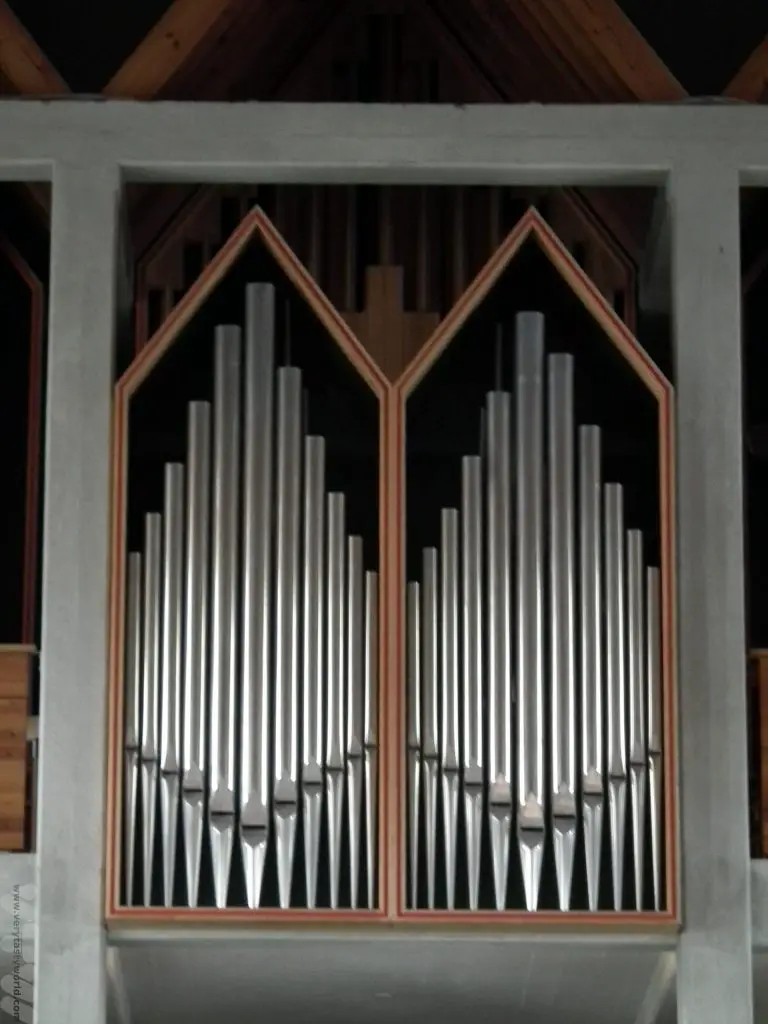
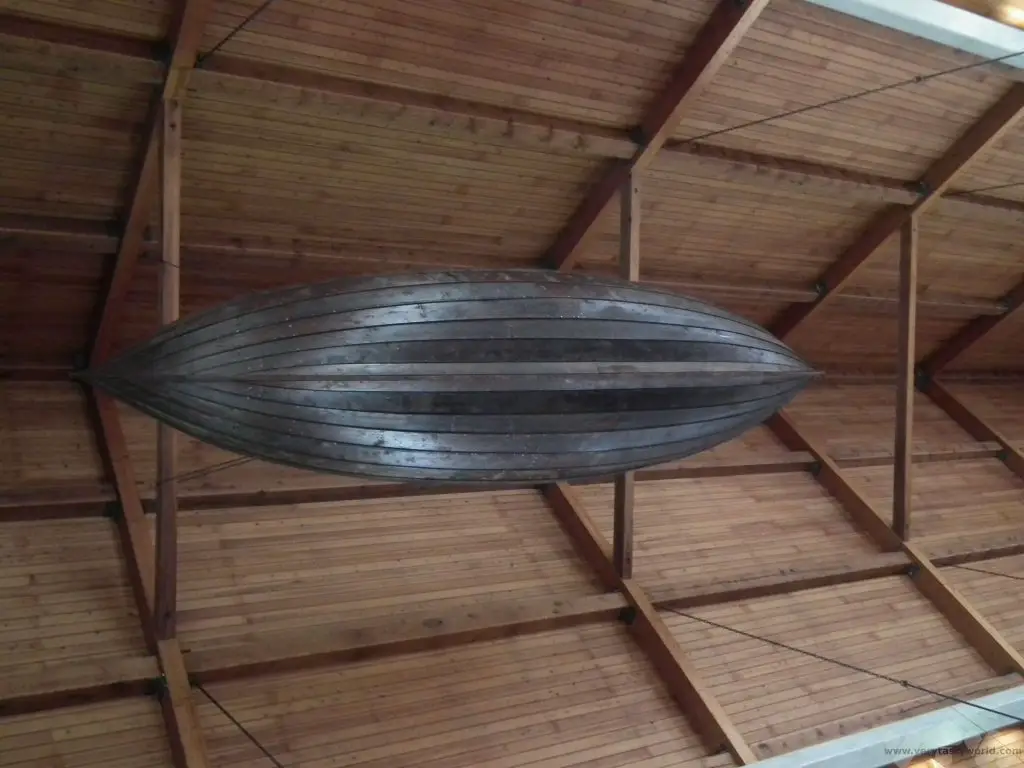
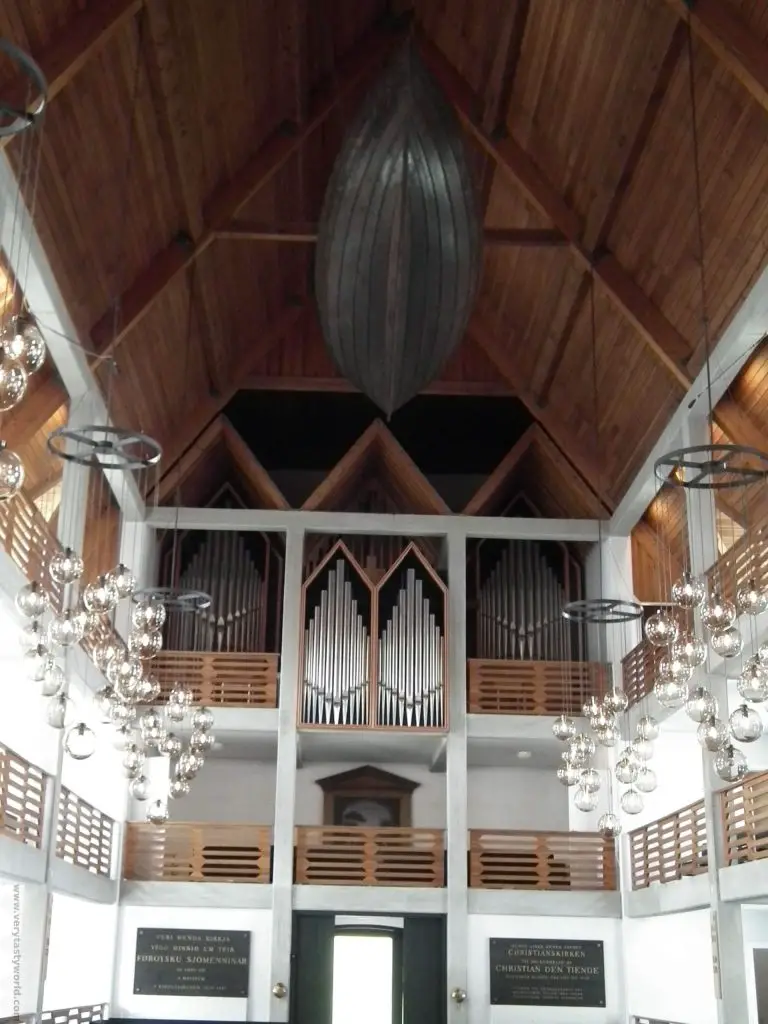
It was during this time exploring the northern islands that we discovered those terrifying single track tunnels. But it was worth it for the scenery: from Viðoy you could see some wonderful views of Svínoy and Fugloy.
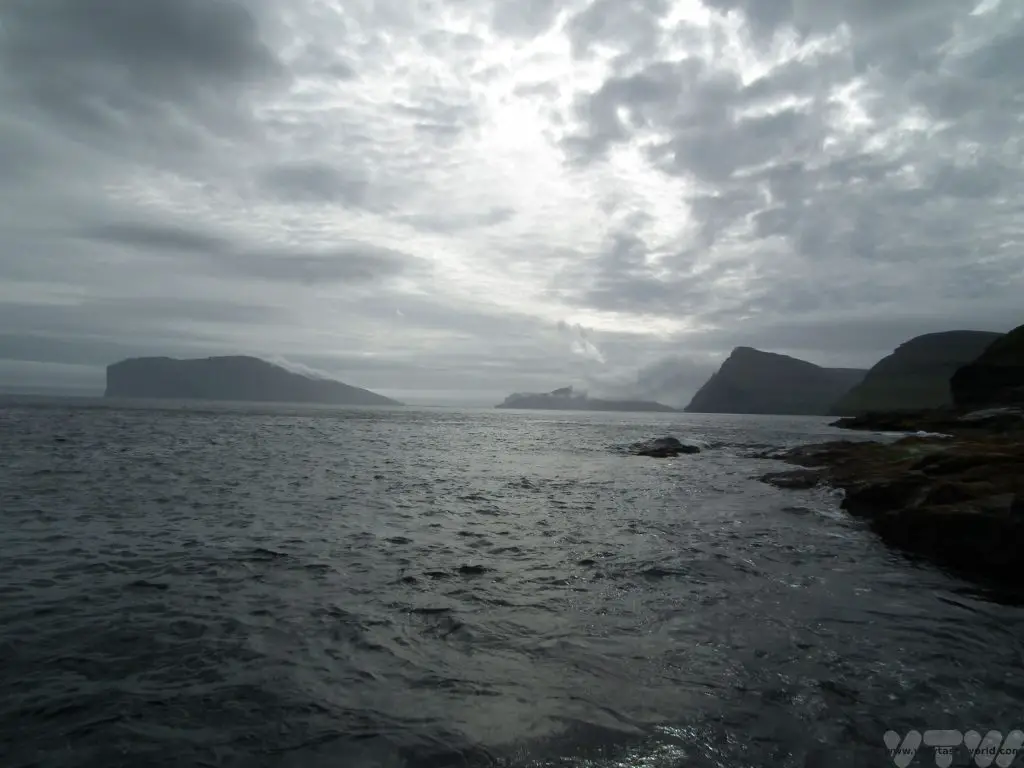
Viðoy has some of the archipelago’s most spectacular mountains and is a place where serious walkers do some serious walking.
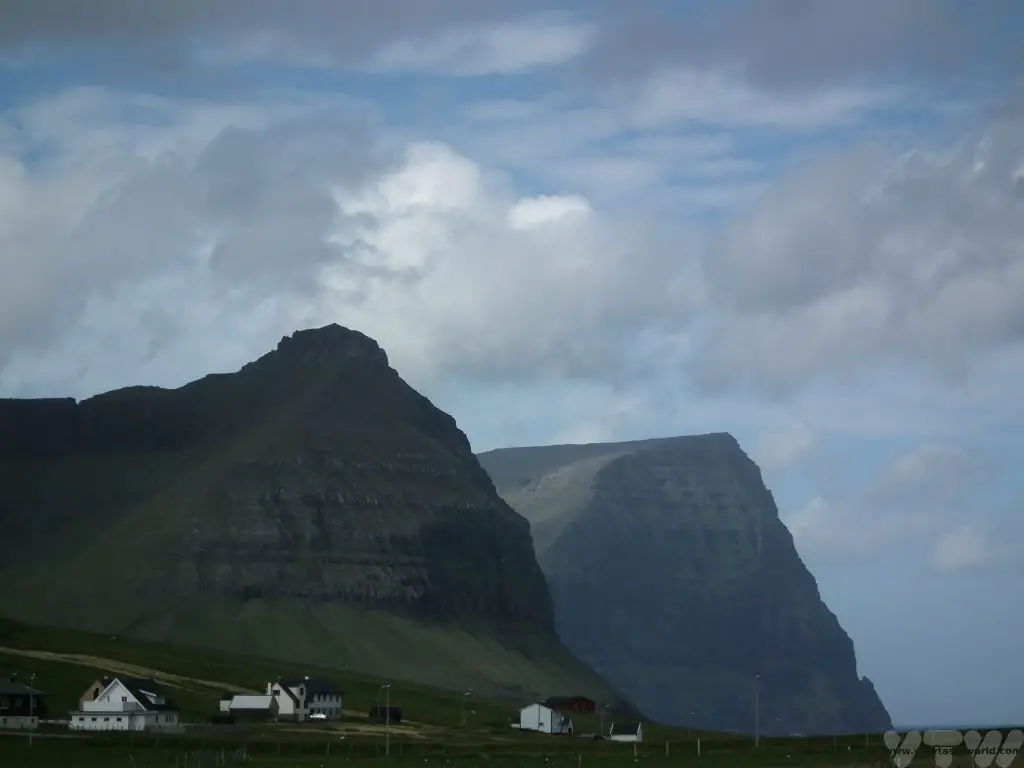
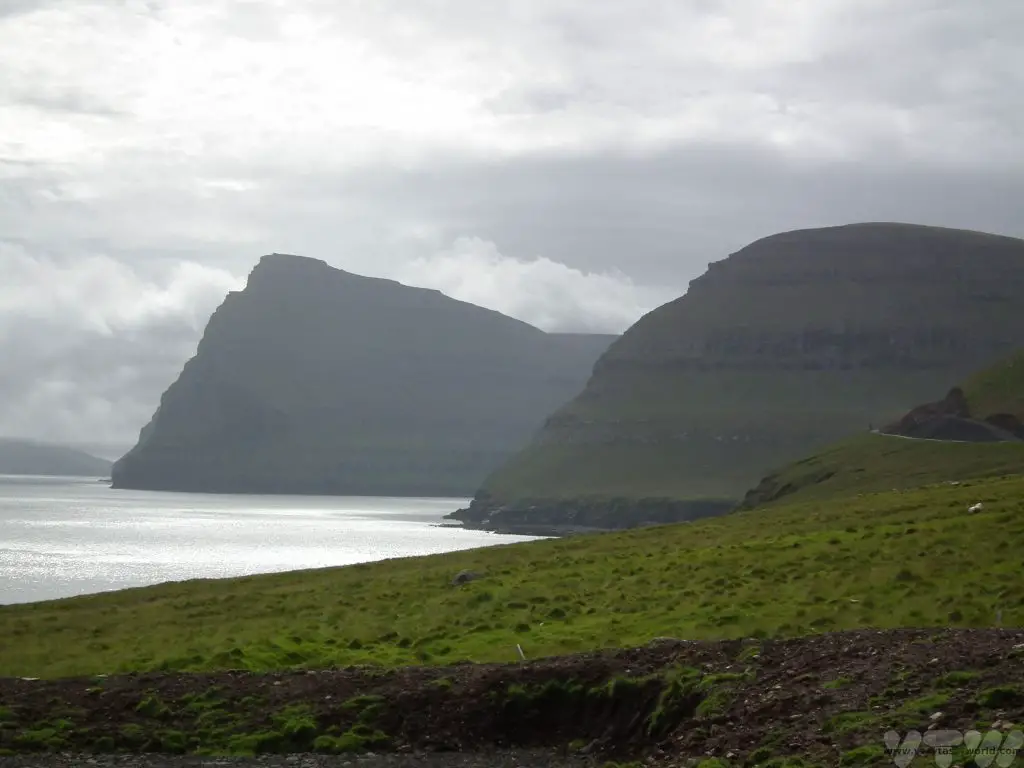
Days 6-7 Tórshavn
And then we drove back to Streymoy to explore Tórshavn which is, apparently, the smallest, cosiest capital in the world. Certainly according to the locals. It’s a great city to visit, with lots of history, interesting architecture, cool art galleries, fascinating museums and some really good restaurants.
Because it’s compact it’s very easy to park the car at your hotel and walk to all the sights in the city. It’s worth spending a couple of days here as there plenty of things to do. The local tourist information centre has lots of options for excursions.
Tinganes is the site of one of the world’s oldest parliaments, its name means ‘parliament jetty,’ and it was where the Viking parliament first started meeting in around 900 CE.
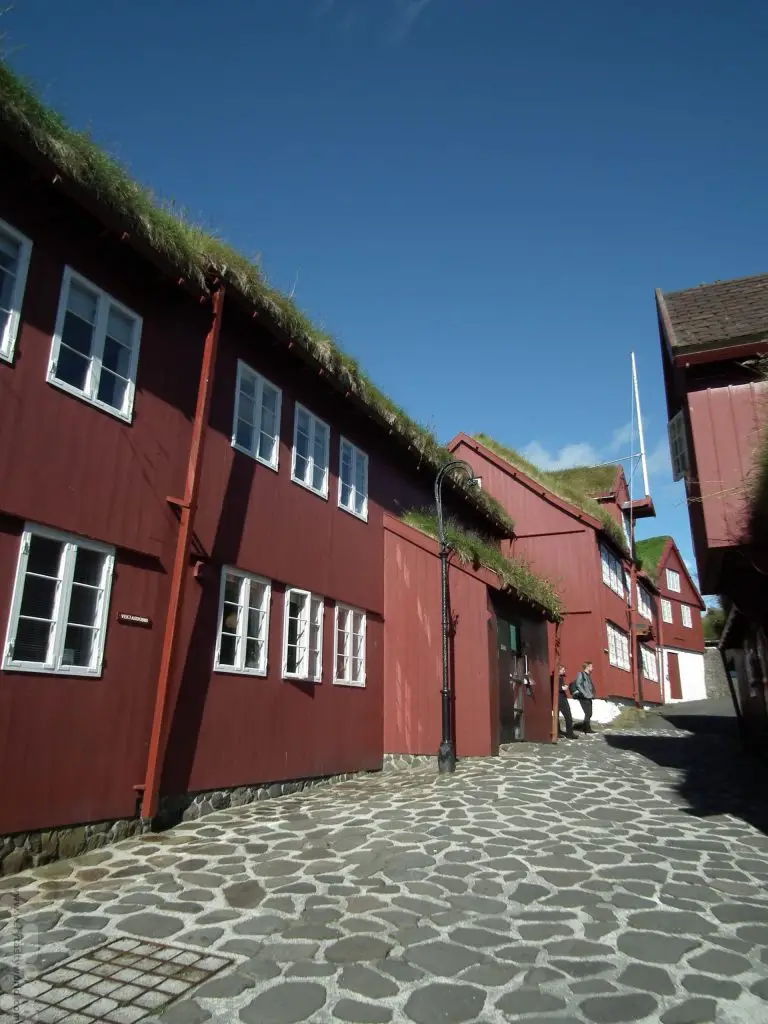
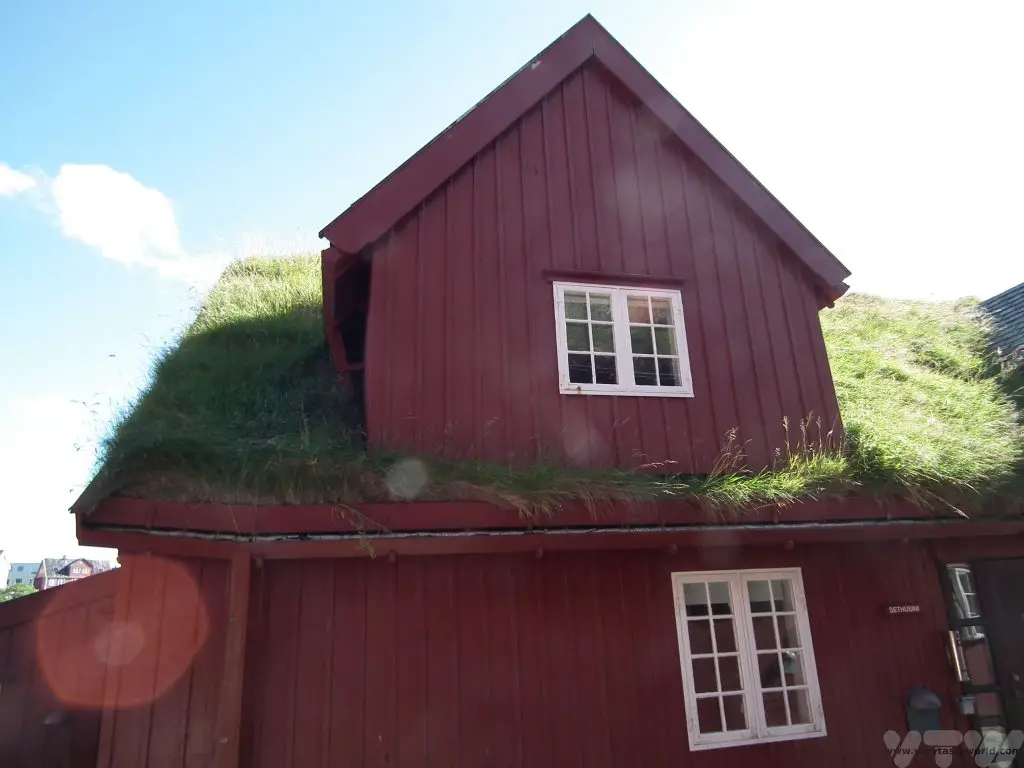
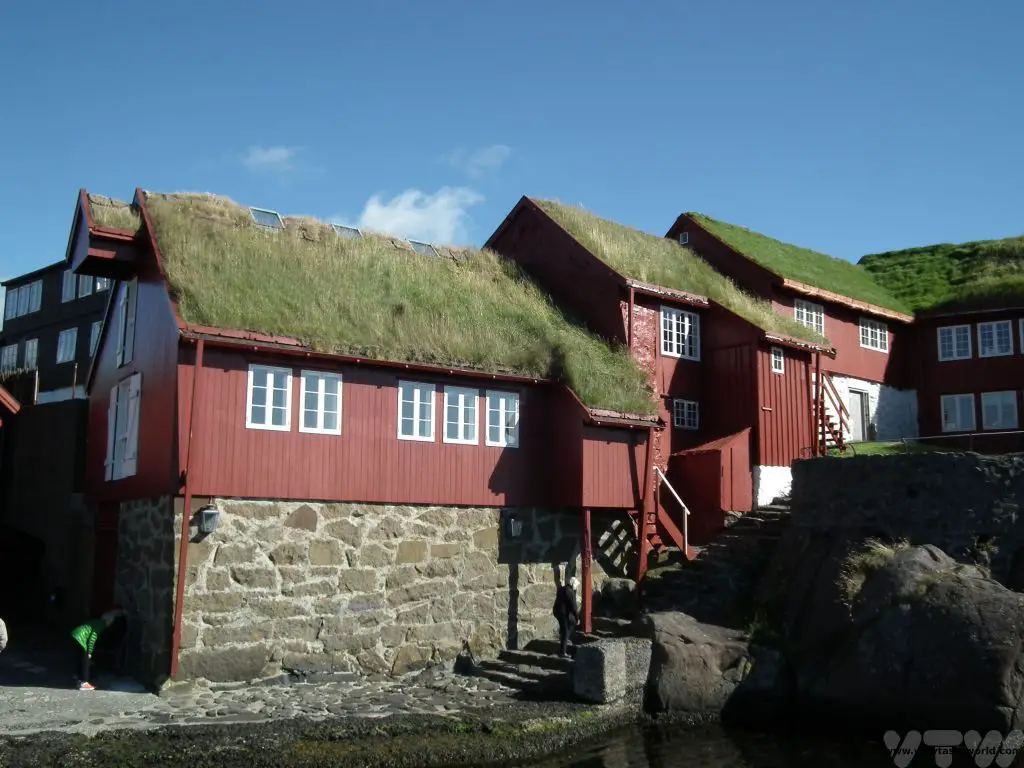
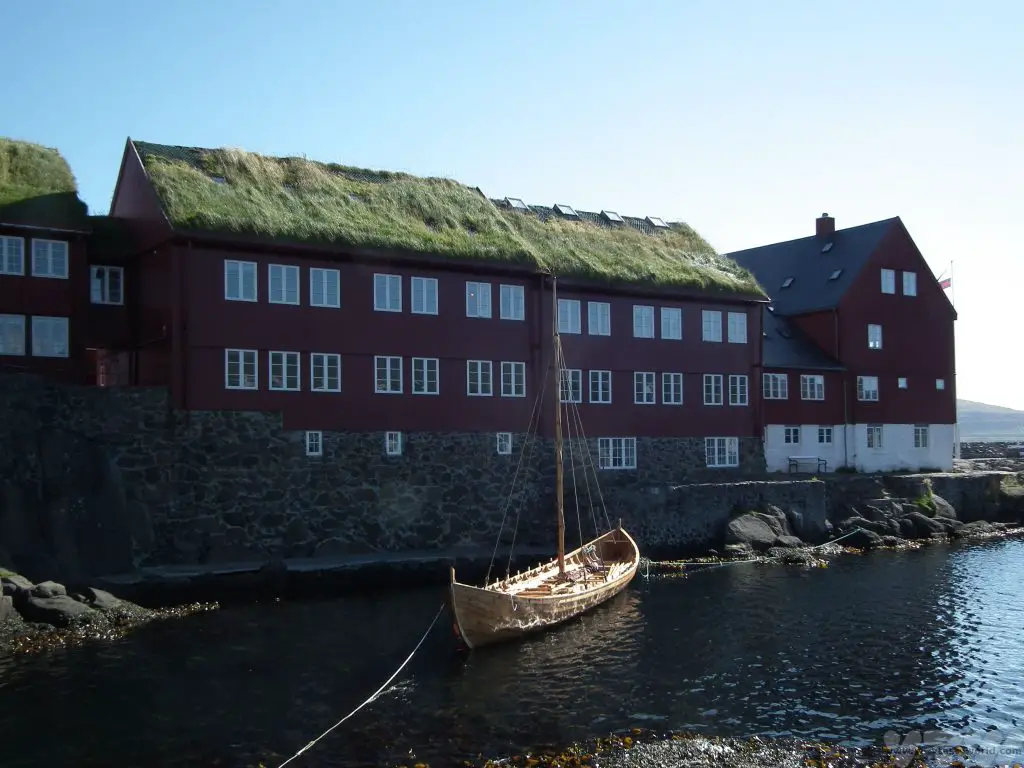
Fort Skansin was built in 1580 by Magnus Heinason on a hill close to the city in order to protect against pirate raids of the town.
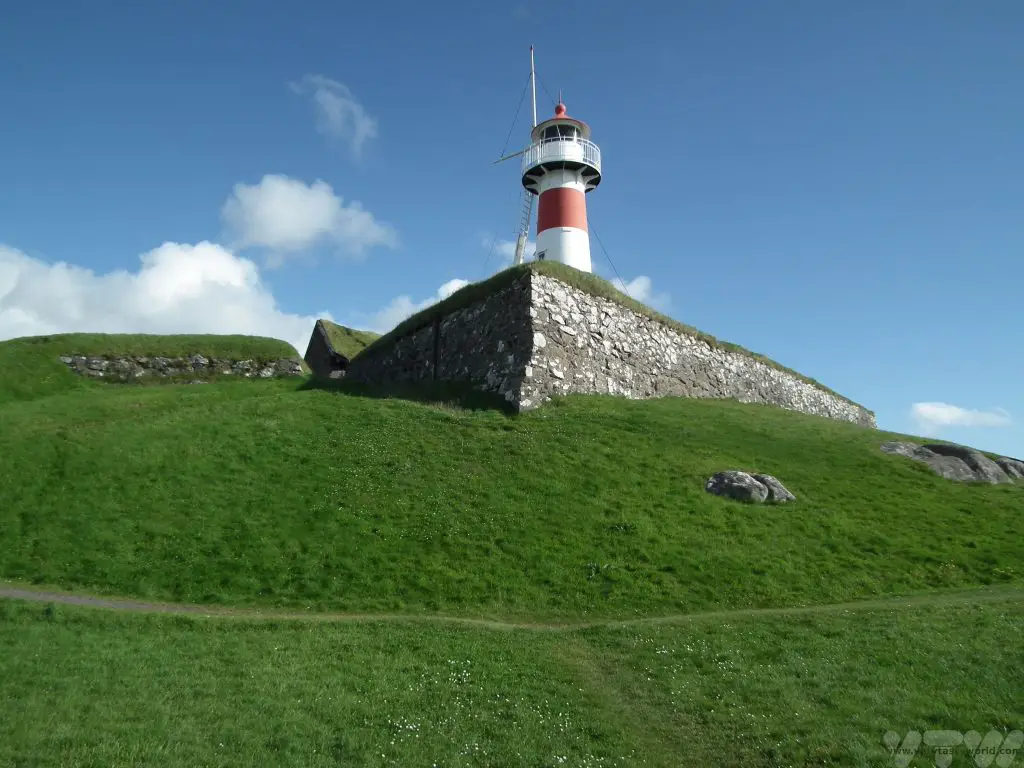
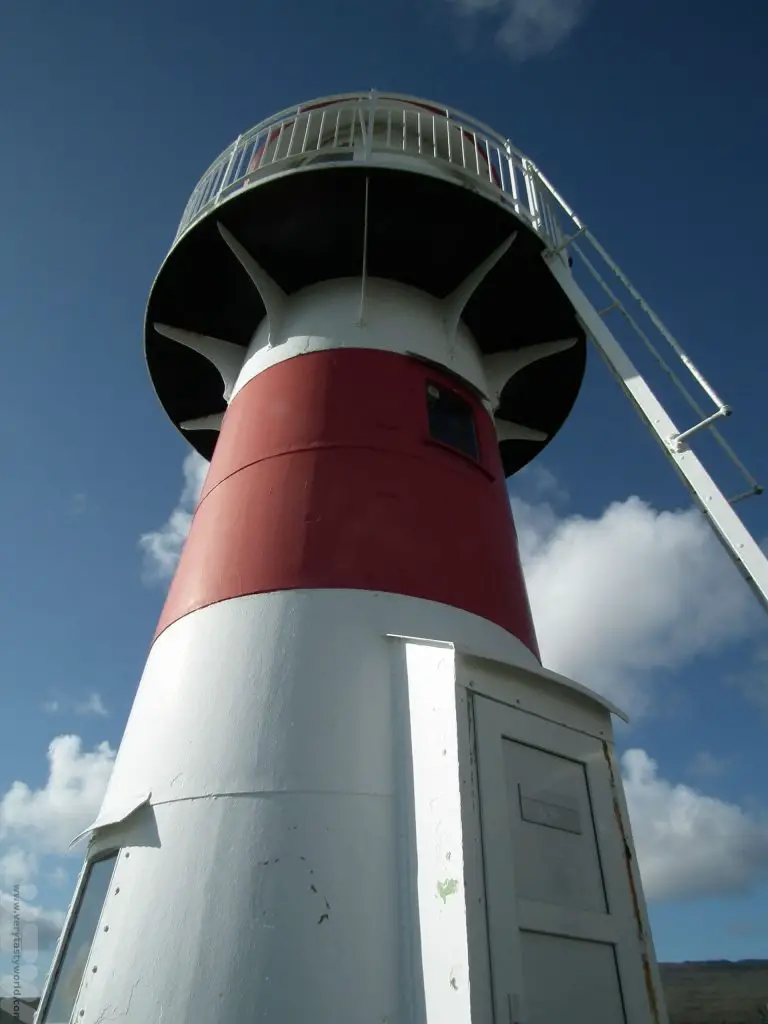
A day trip aboard the Schooner Norðlýsið made for a very enjoyable excursion.
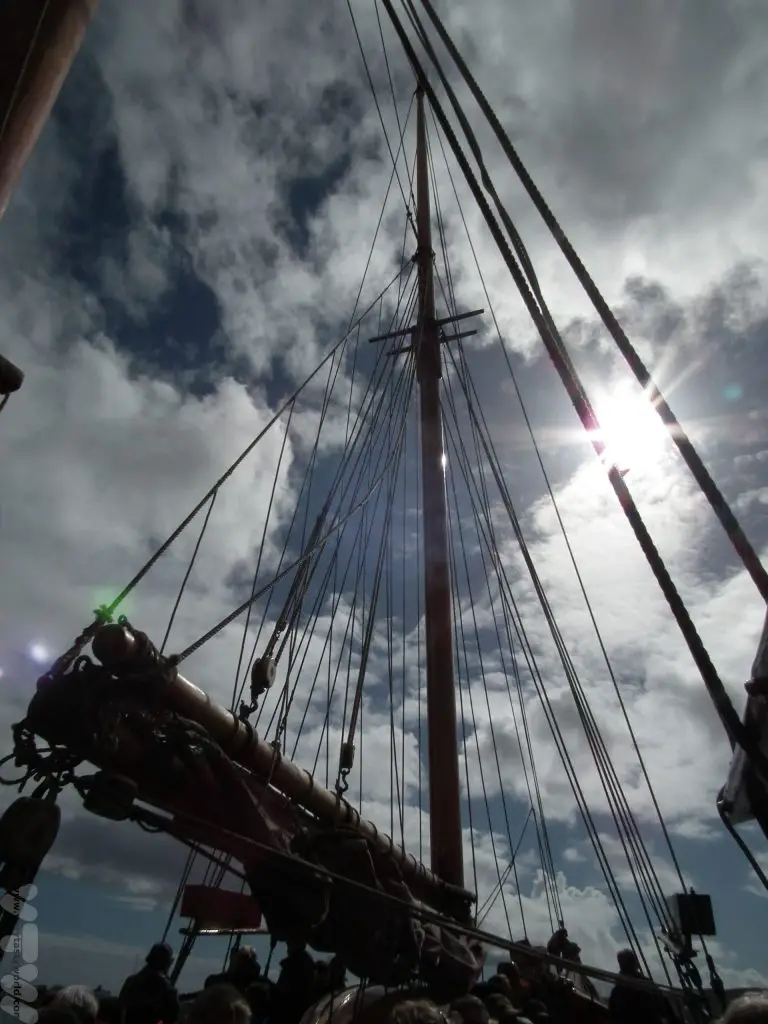
There’s a choice of a visit to either Hestur or Nólsoy and sometimes you can experience a concert in a cave.
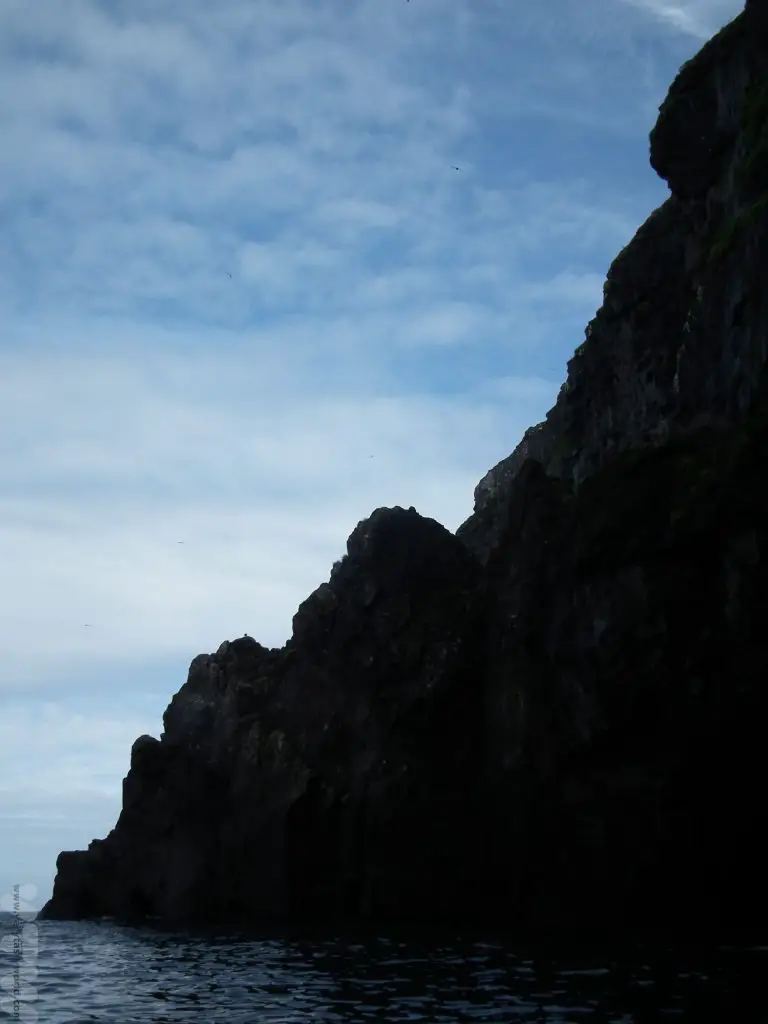
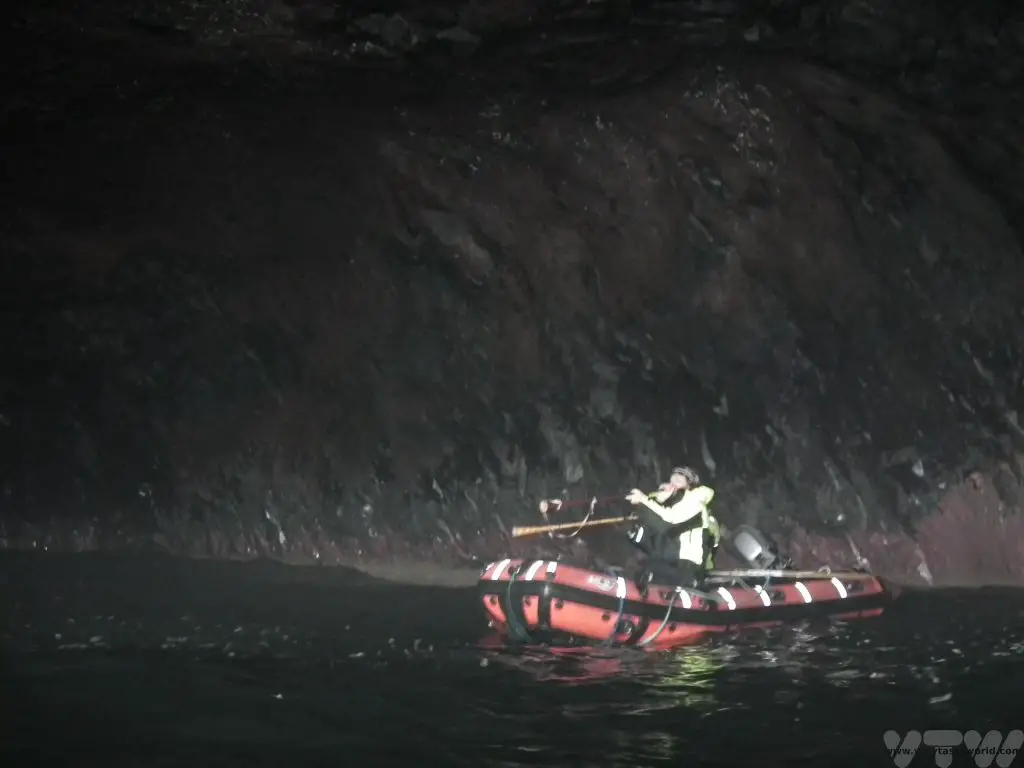
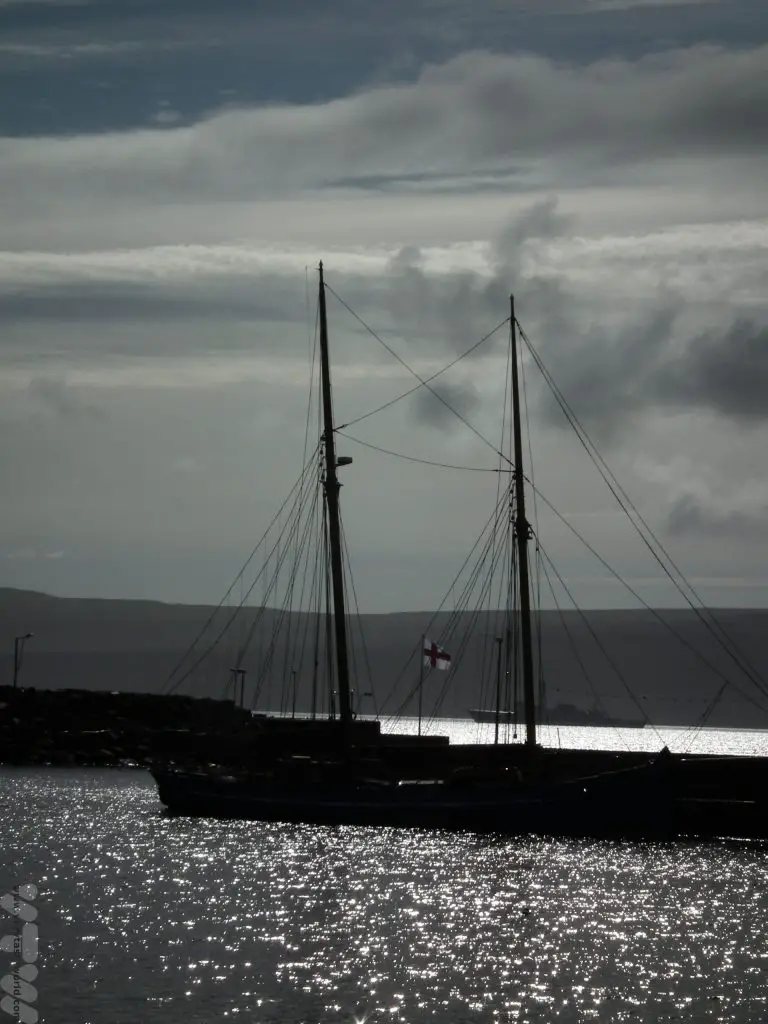
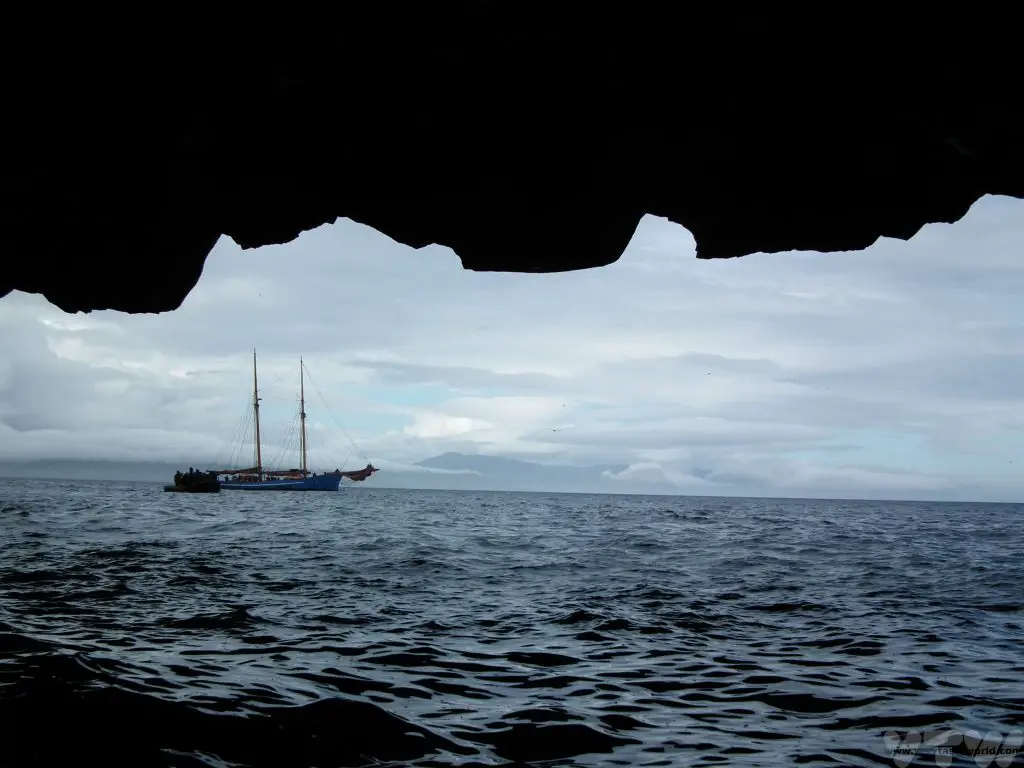
Our trip took us to Nólsoy; we visited some of the caves in a dinghy. There wasn’t a concert that day so a man in another dinghy blew a few tunes on a traditional horn so that we could get an idea of the impressive acoustics.
The boat made a brief landing on the island itself.
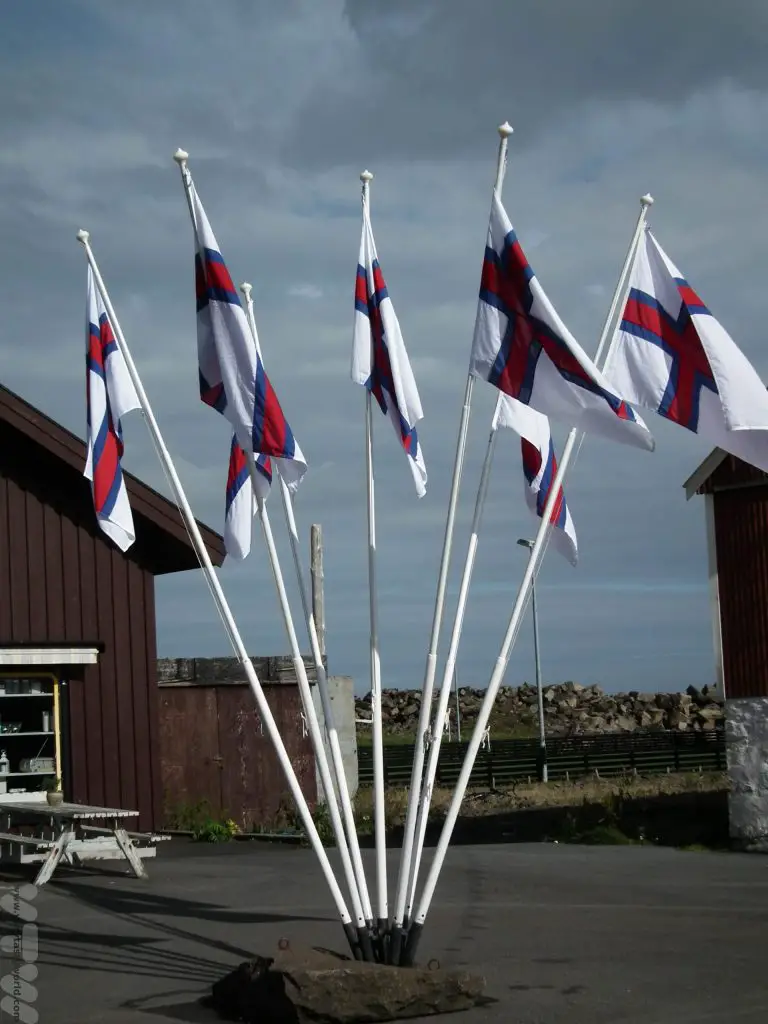
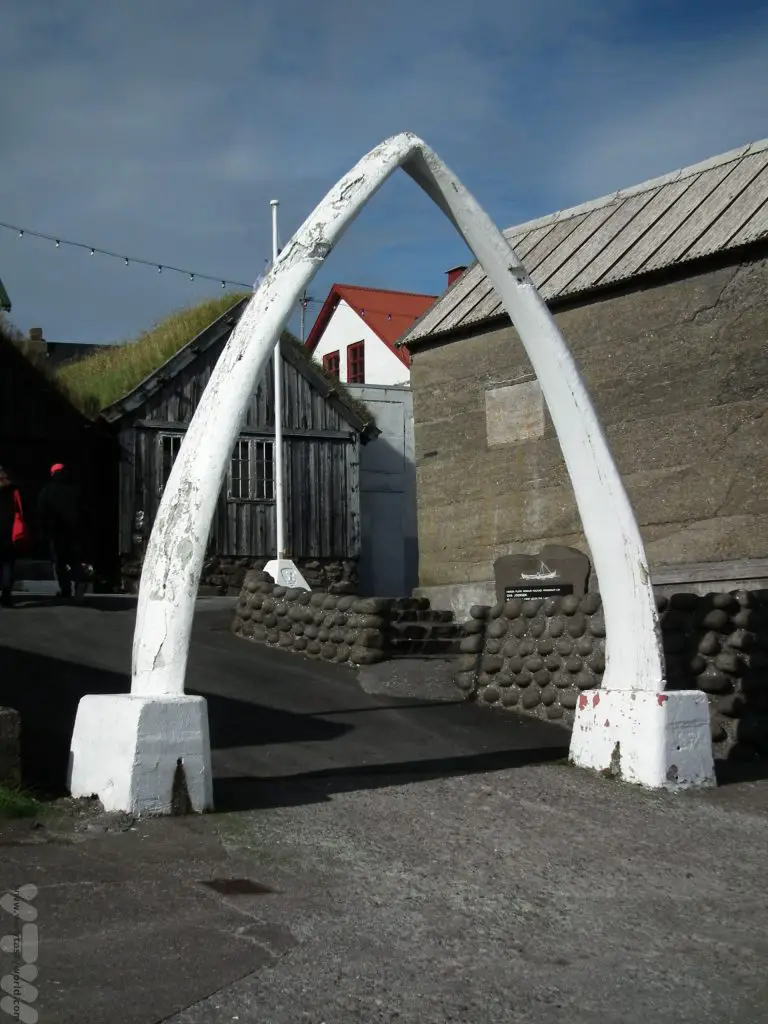
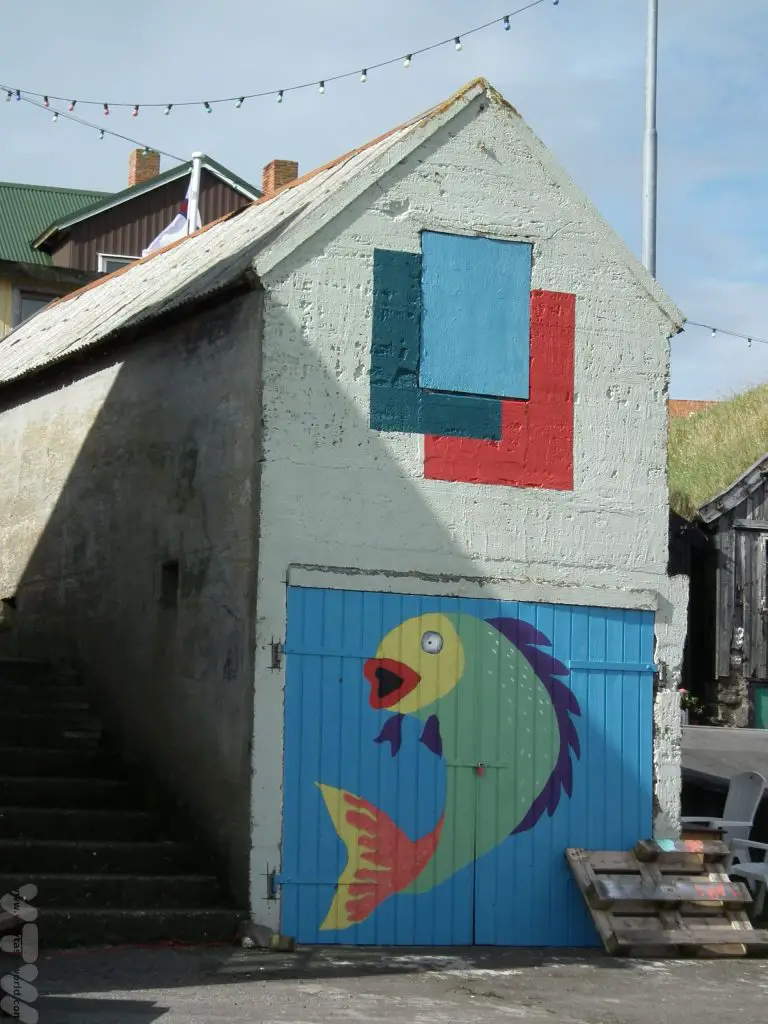
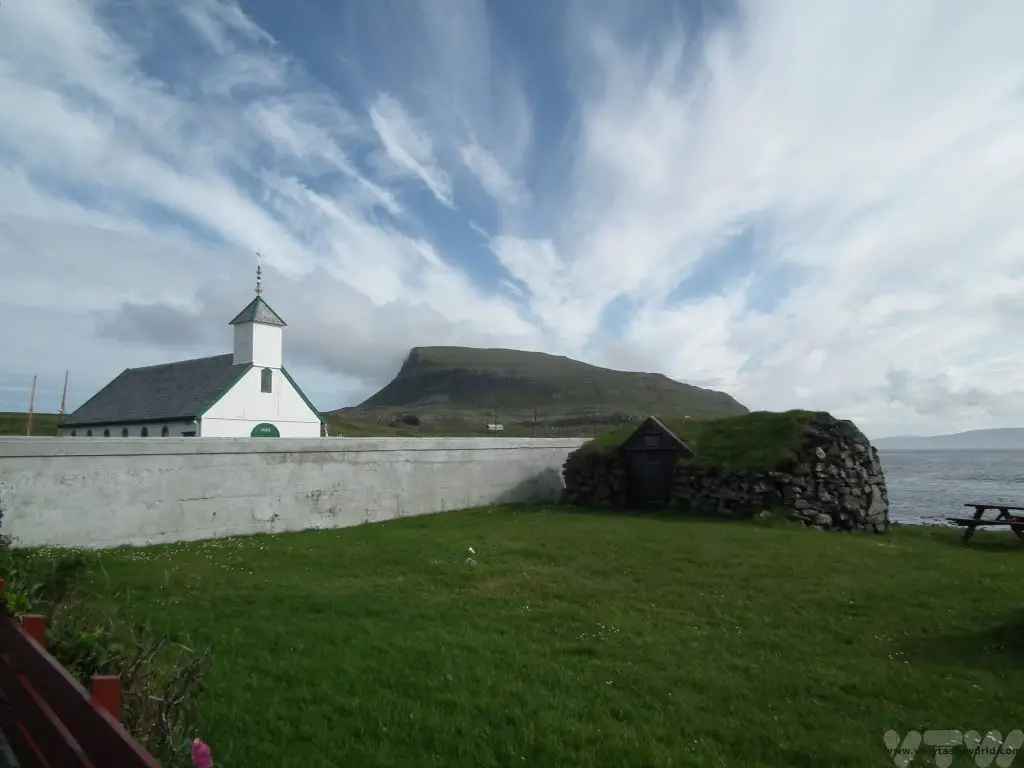
The following day it was time to return to the airport for the flight home. It takes around 45 minute to an hour to reach there from Tórshavn.
Related Posts You May Enjoy

